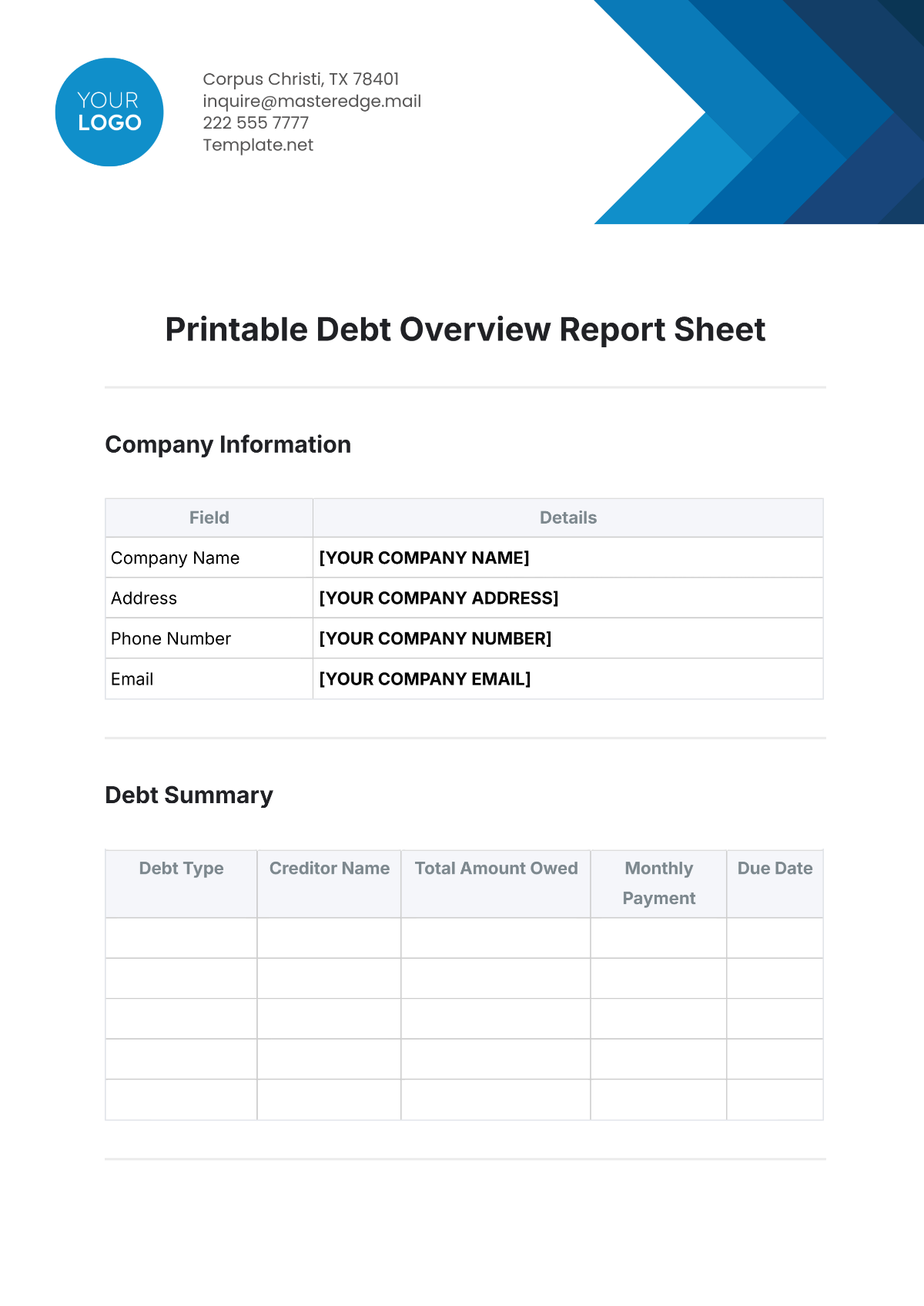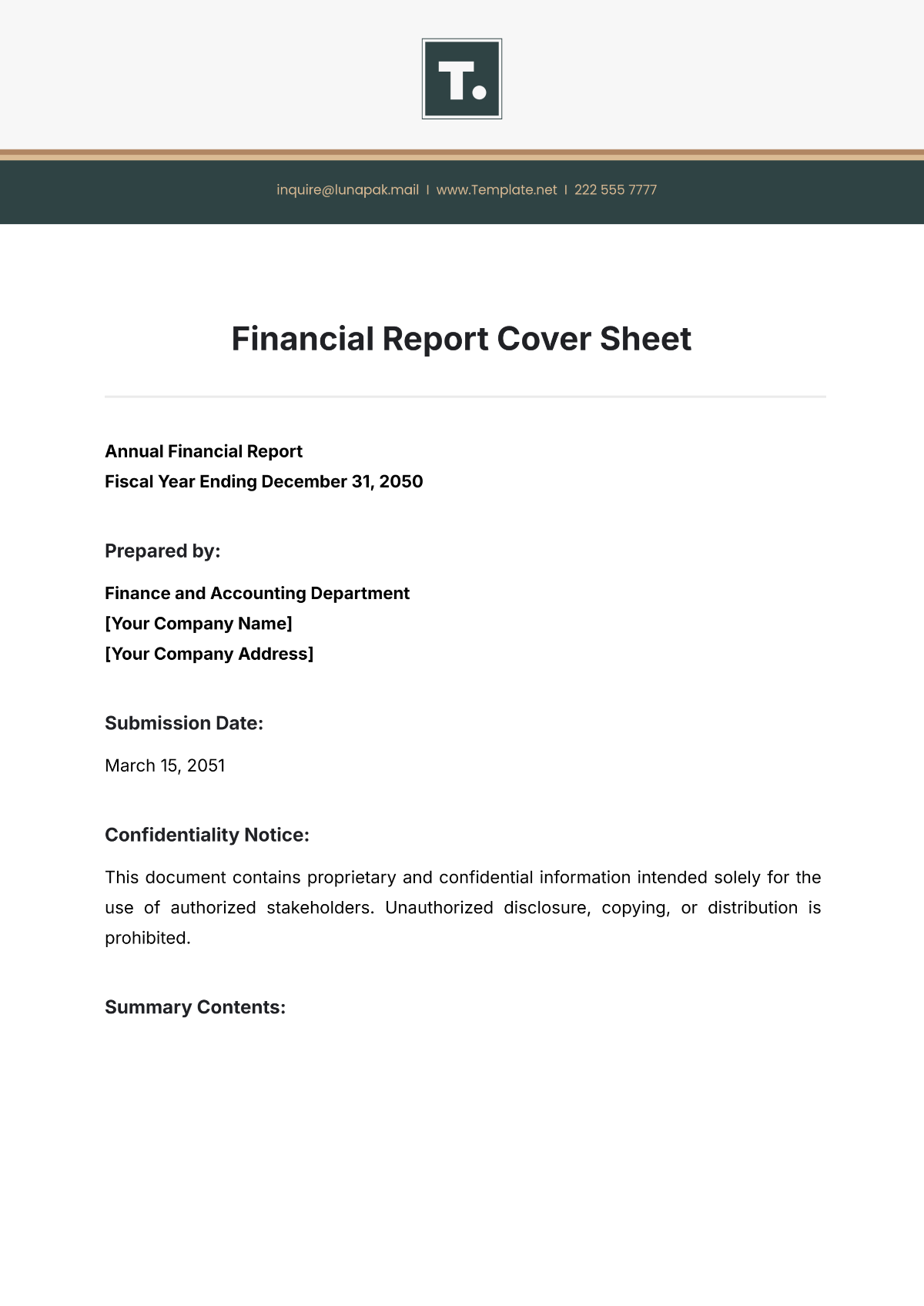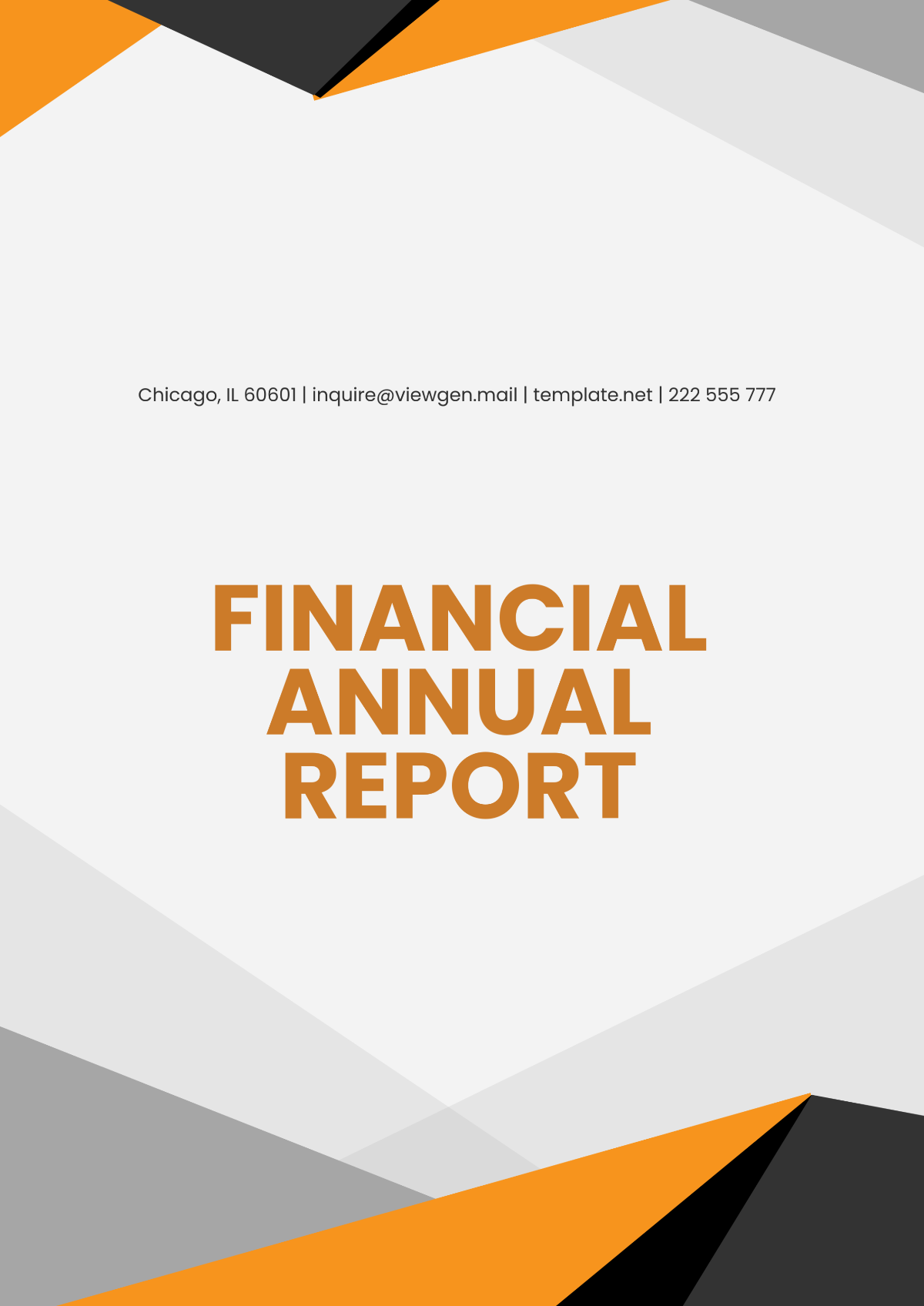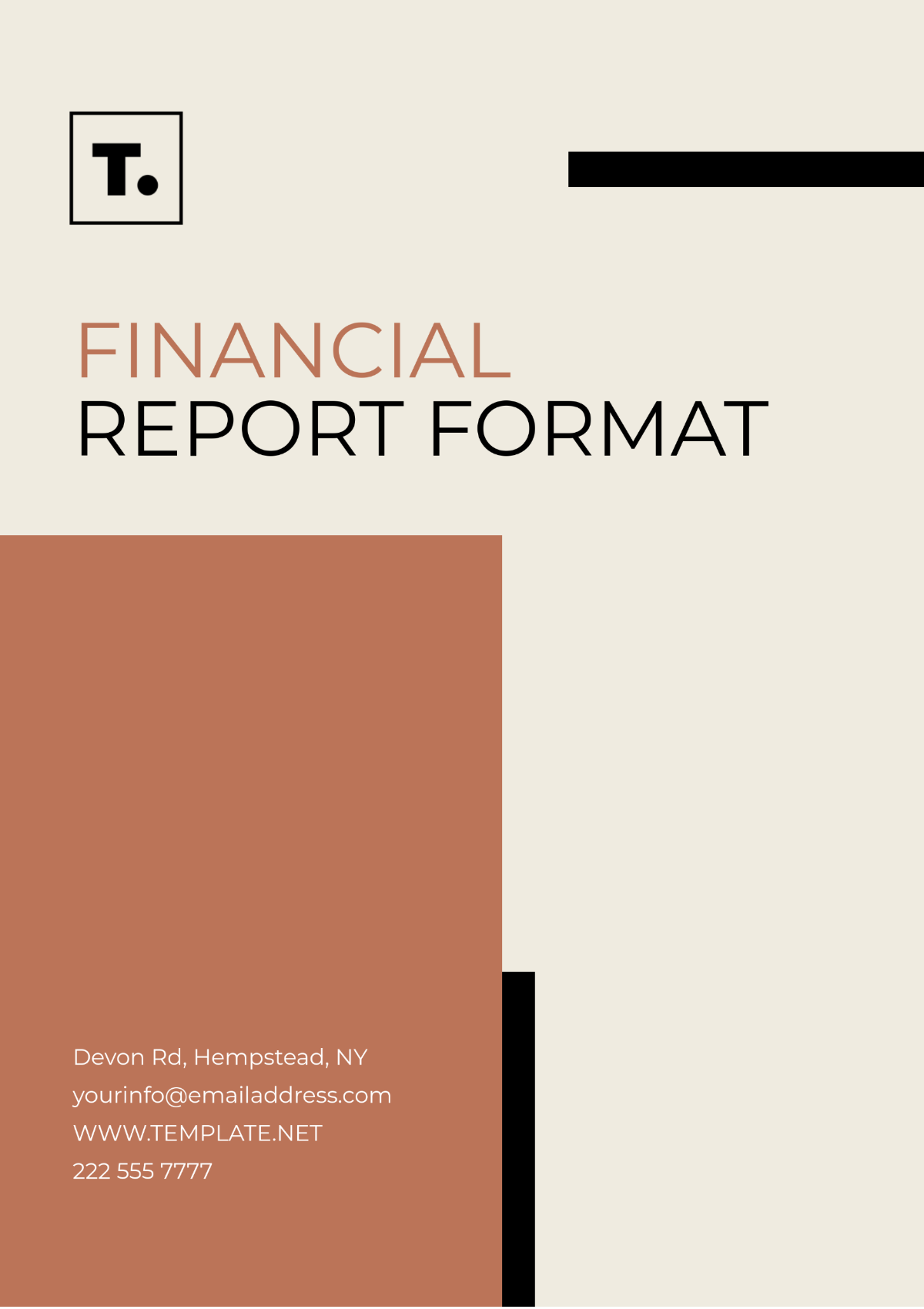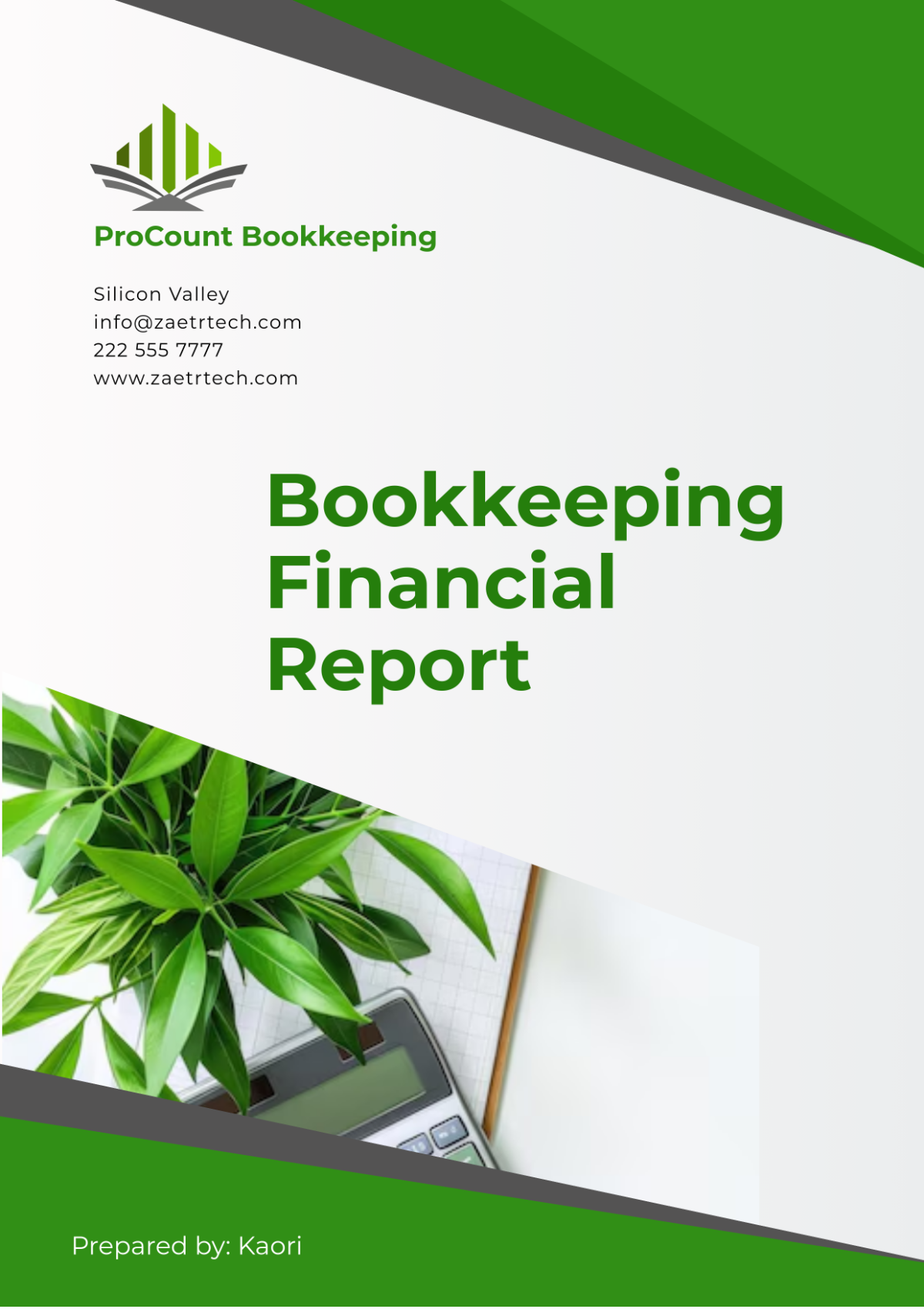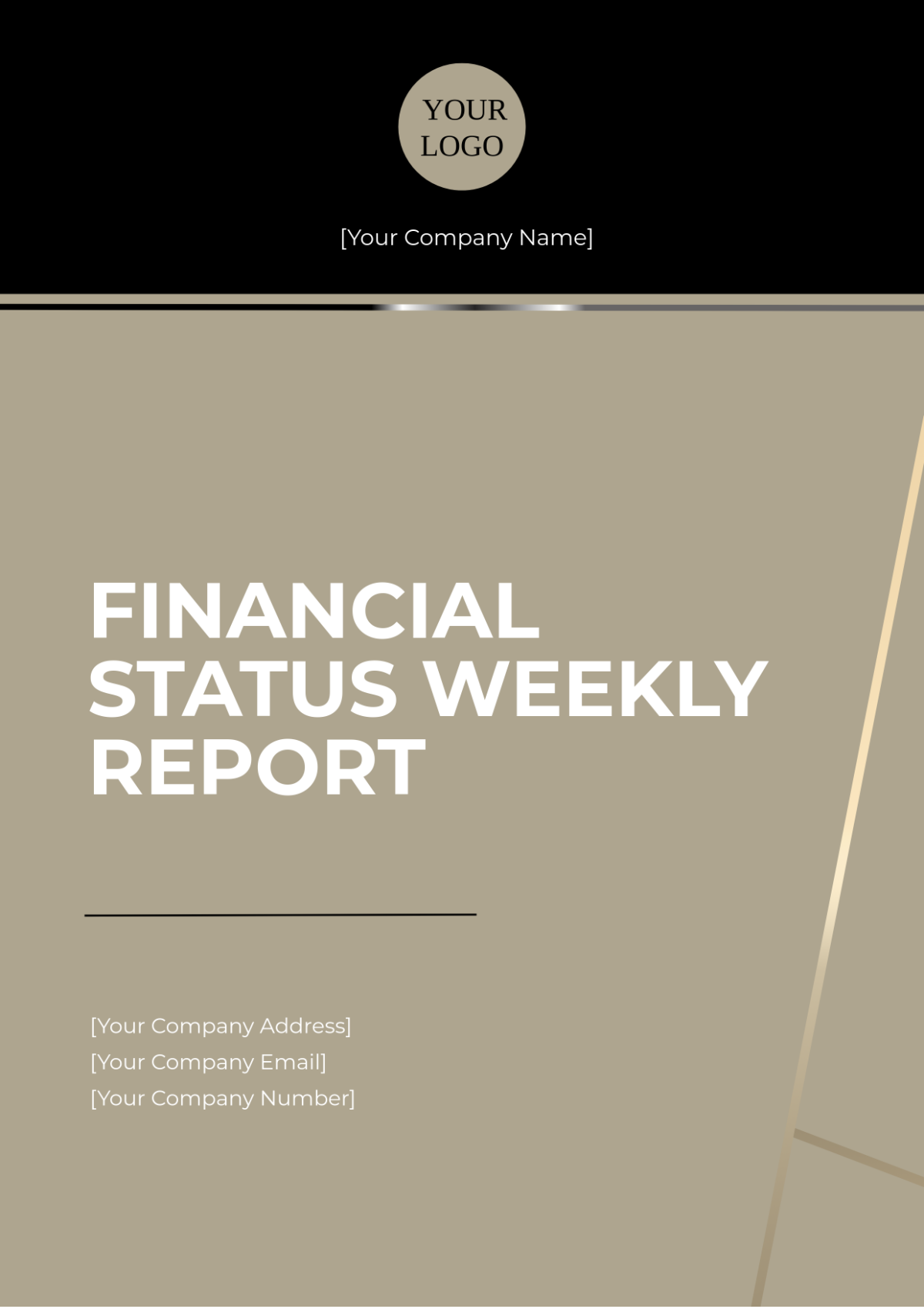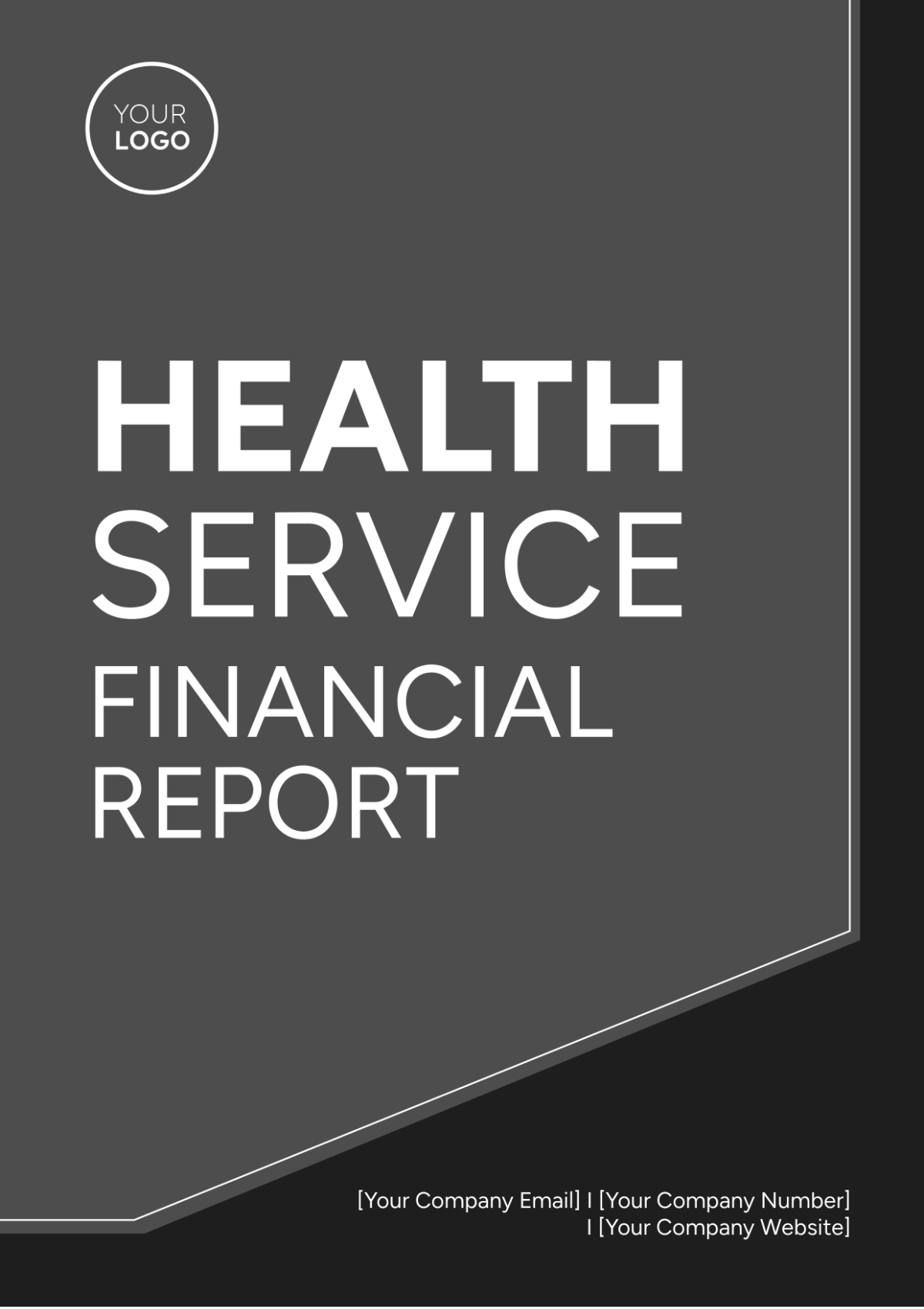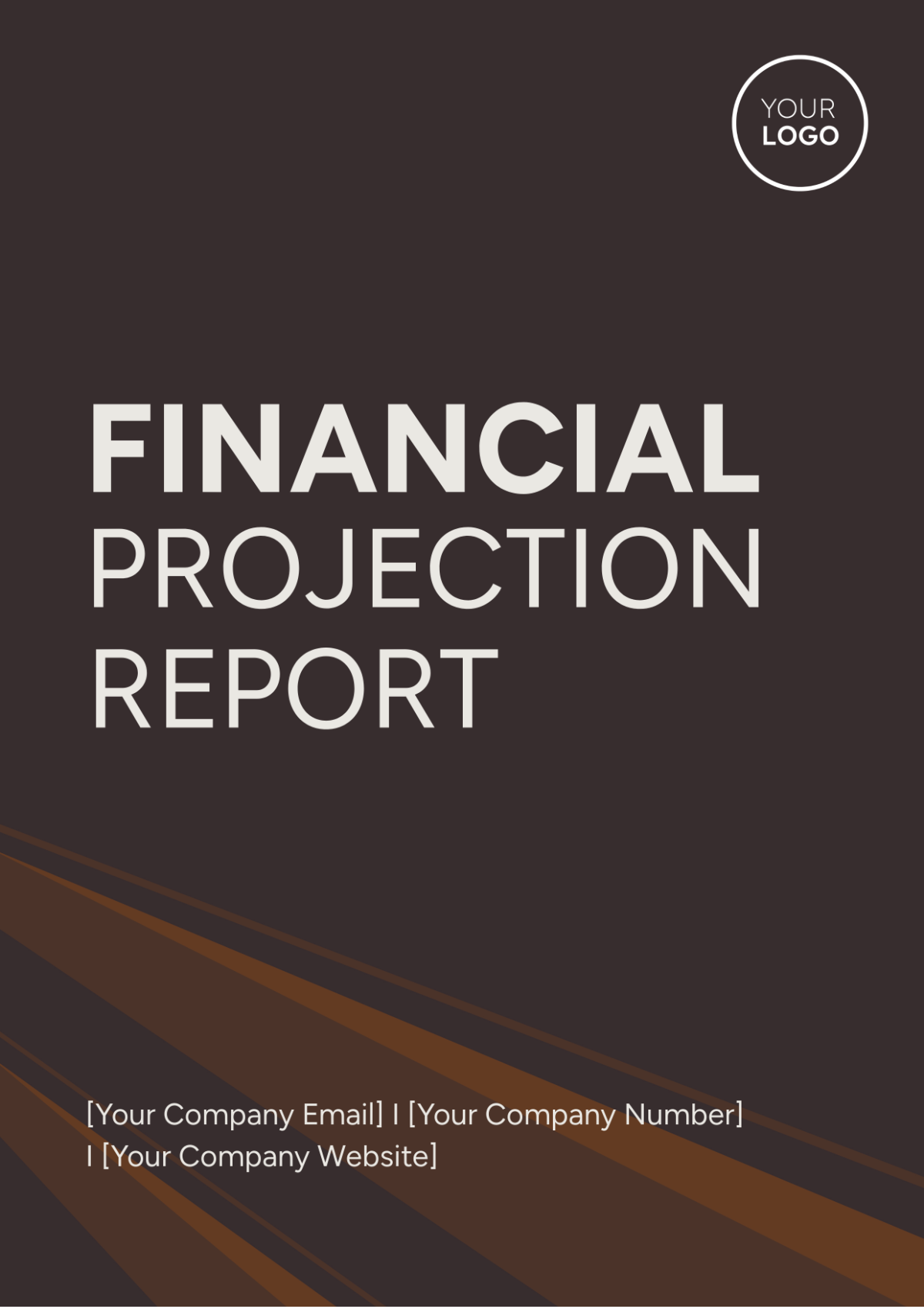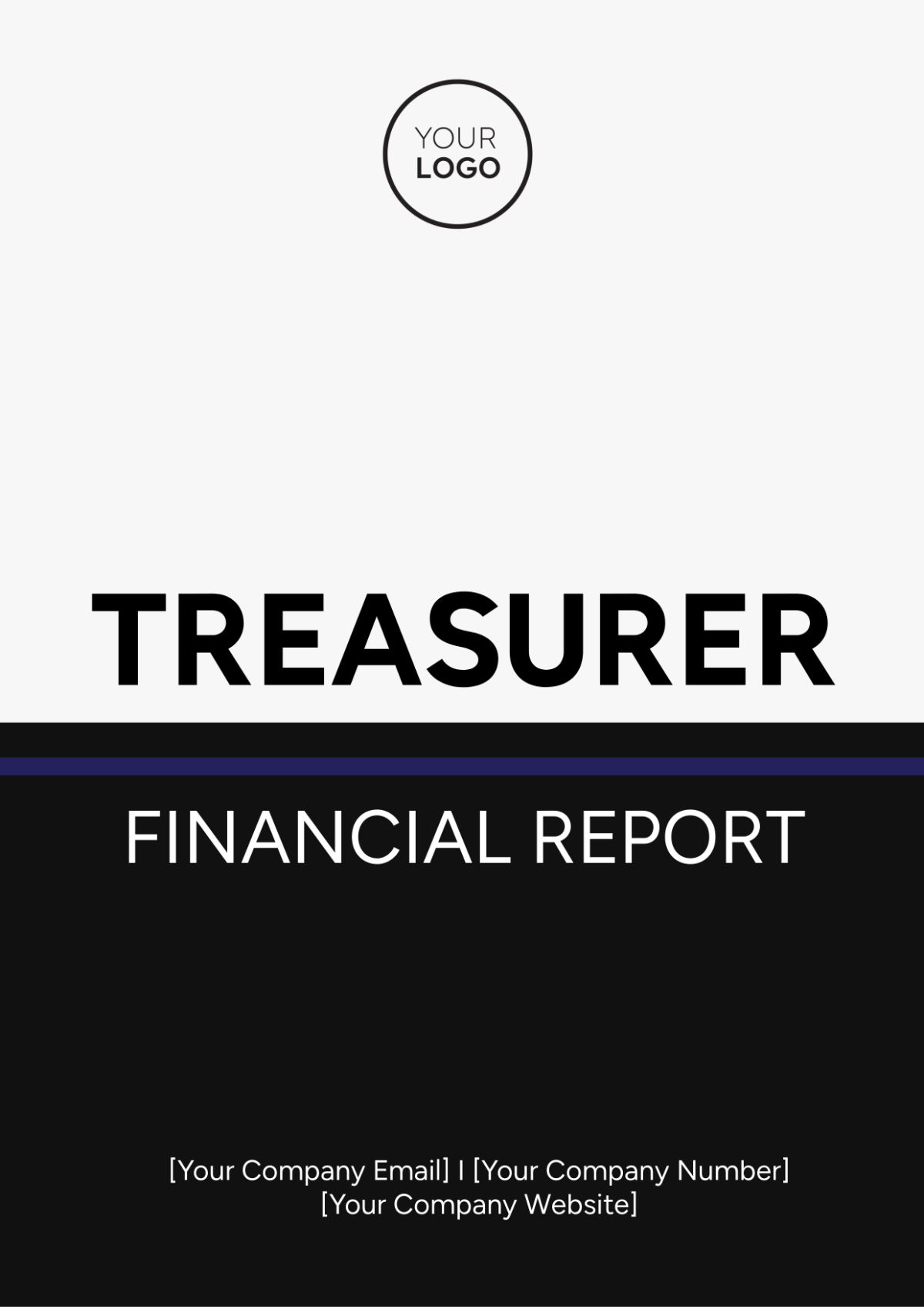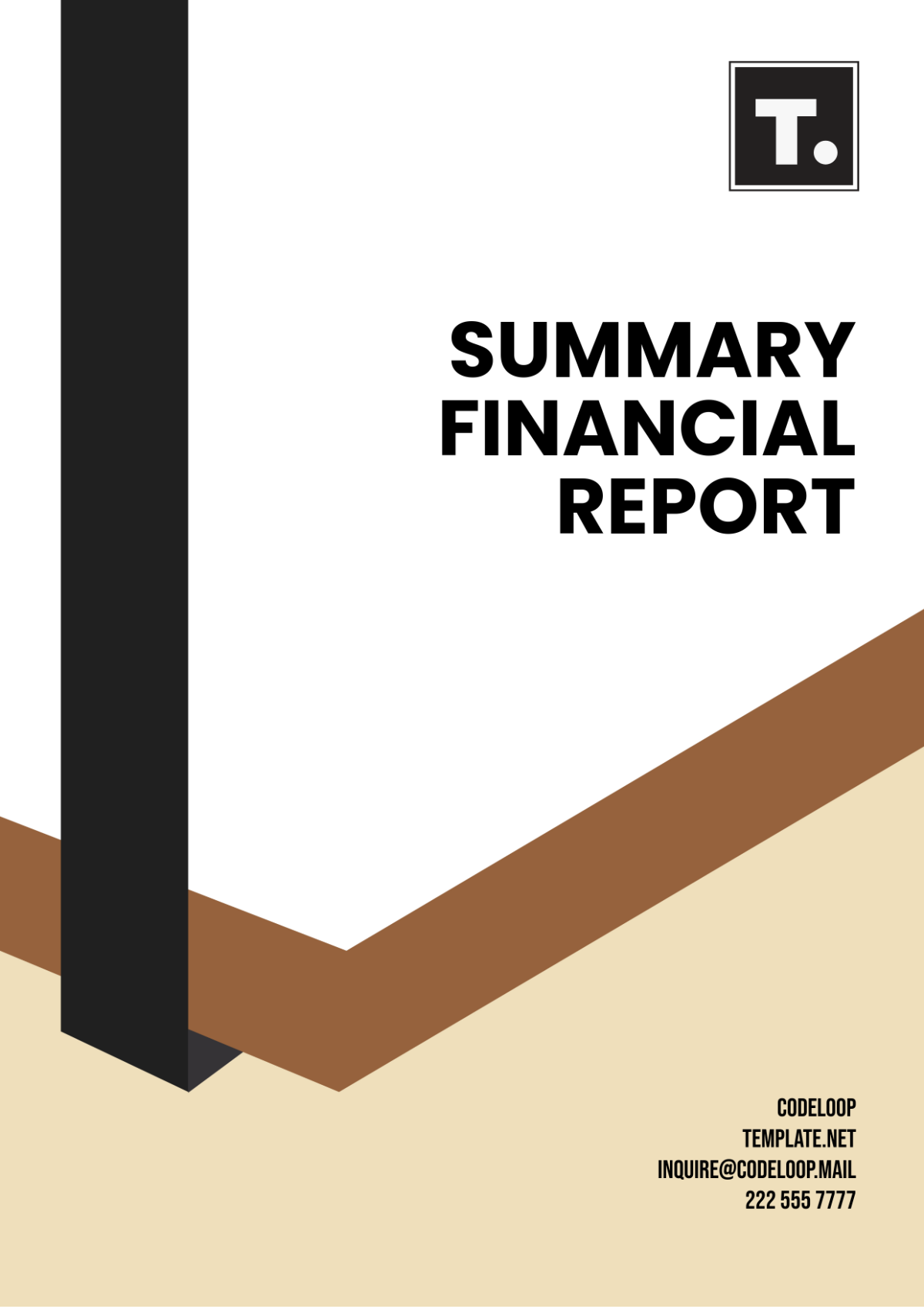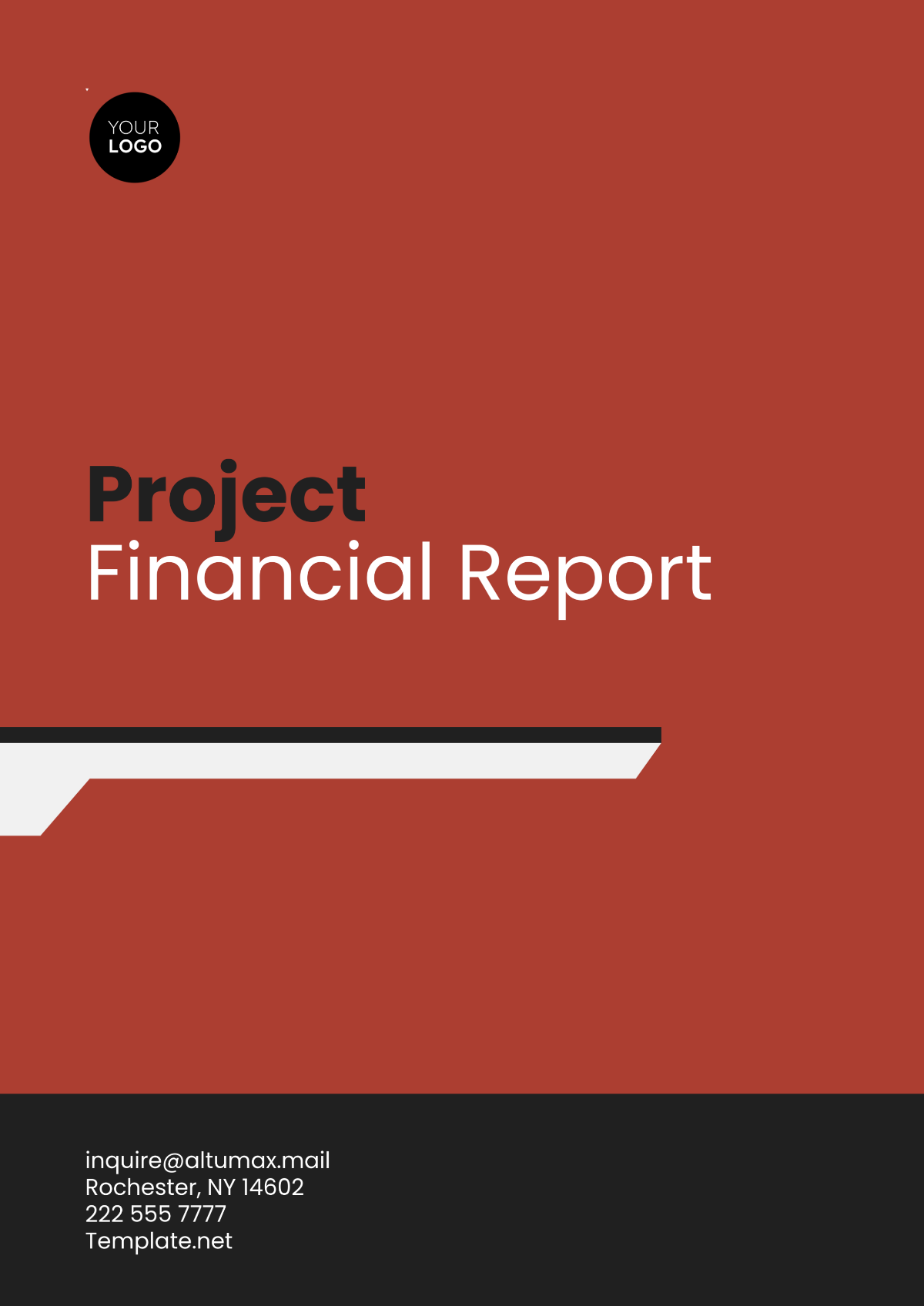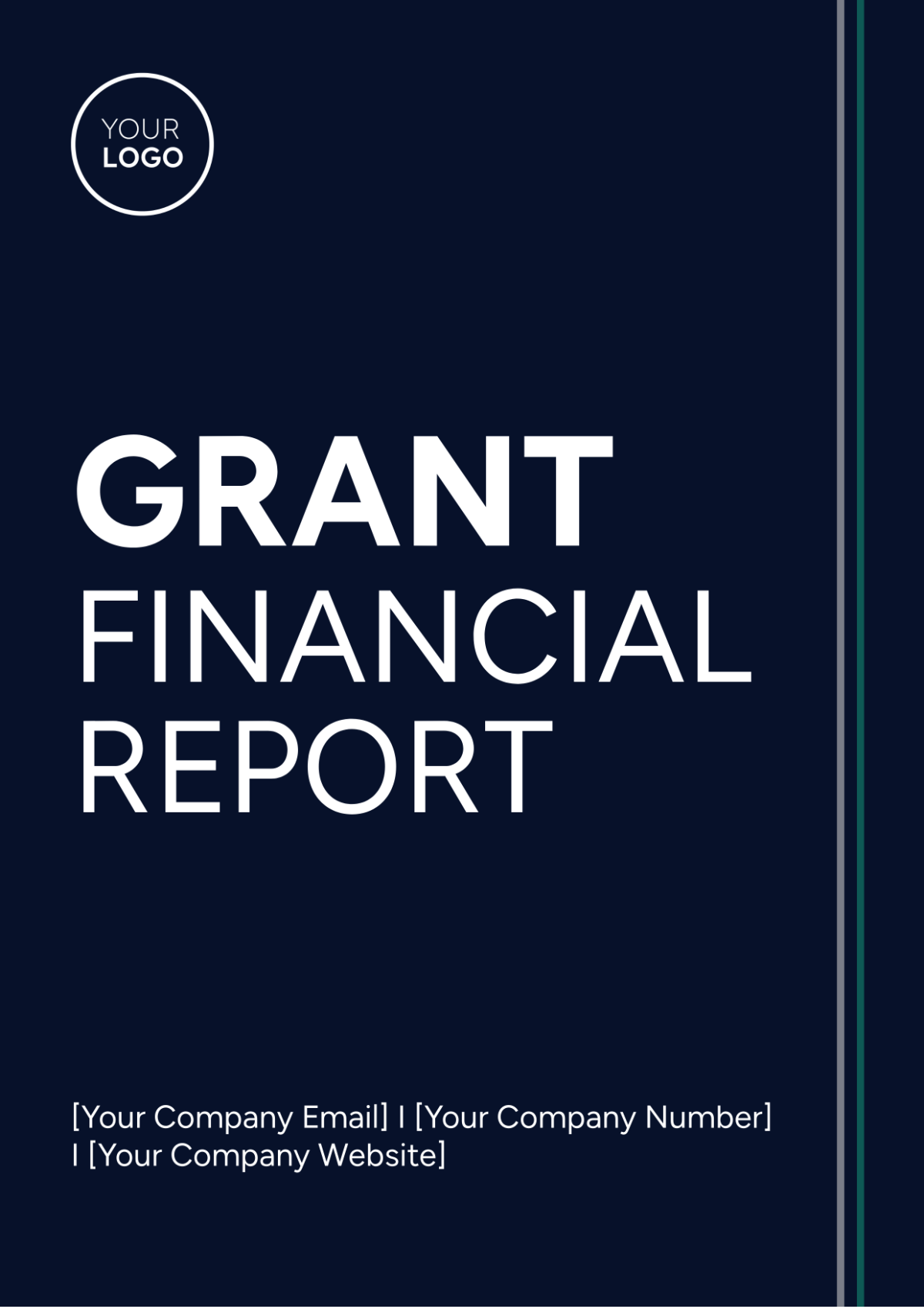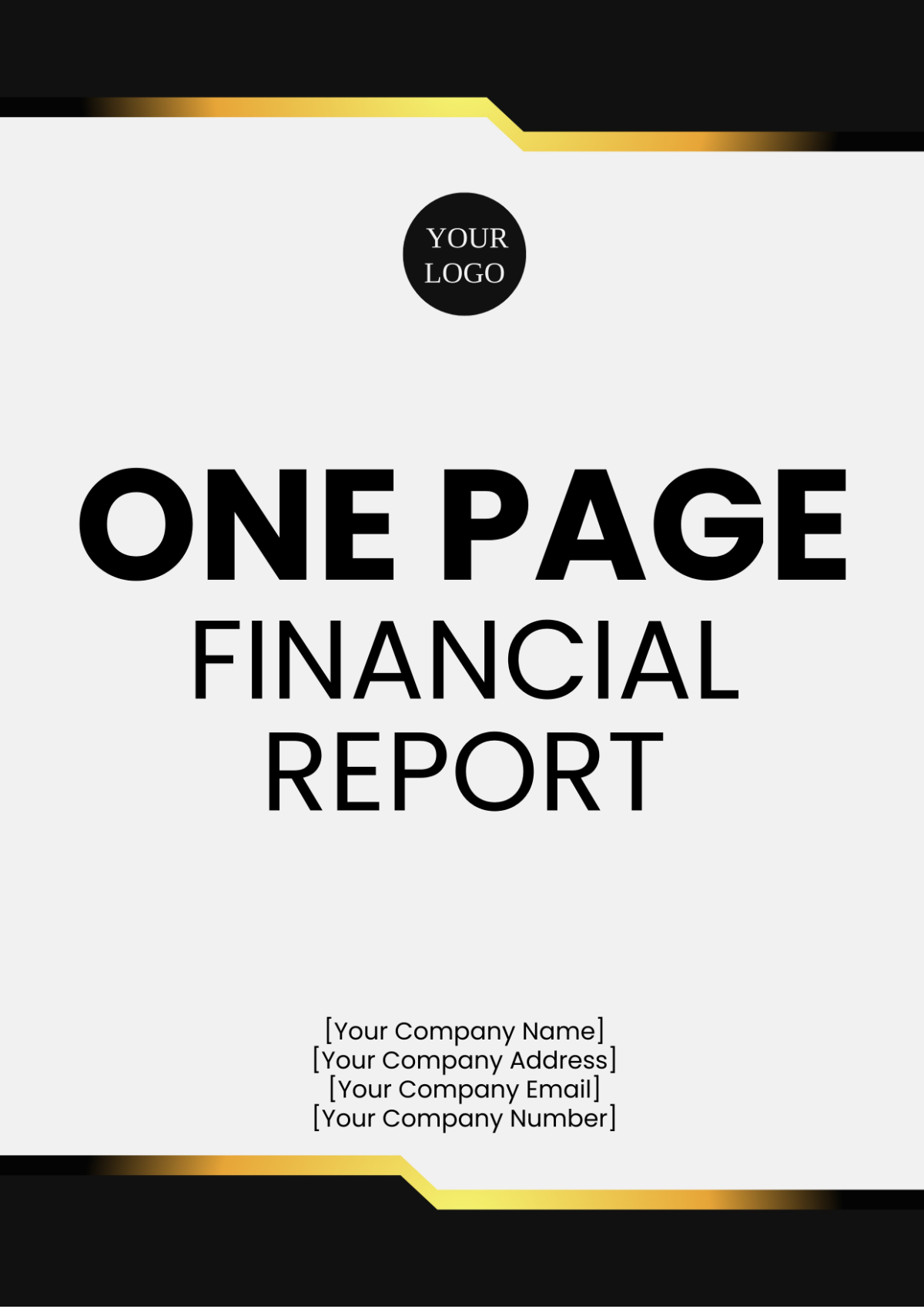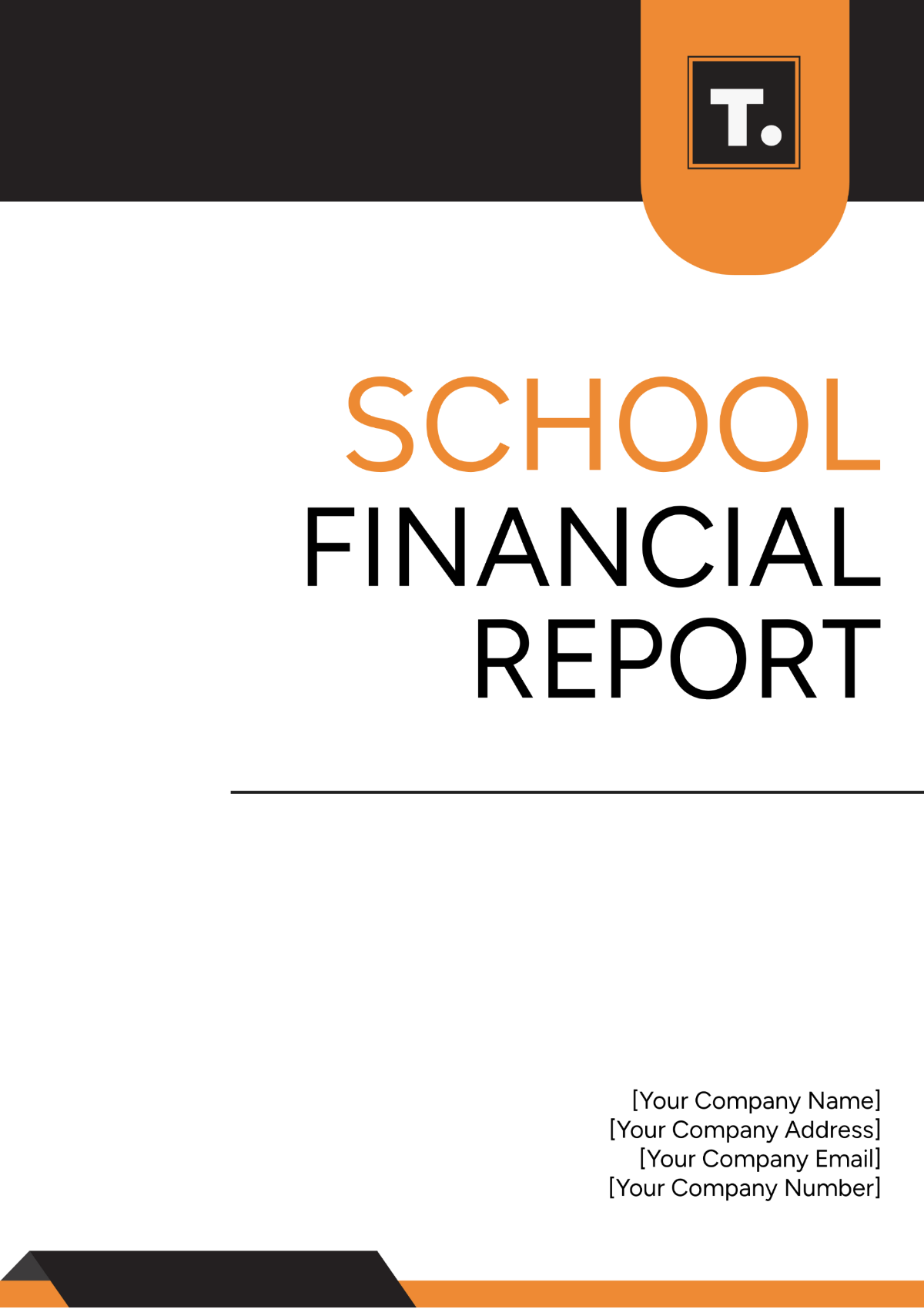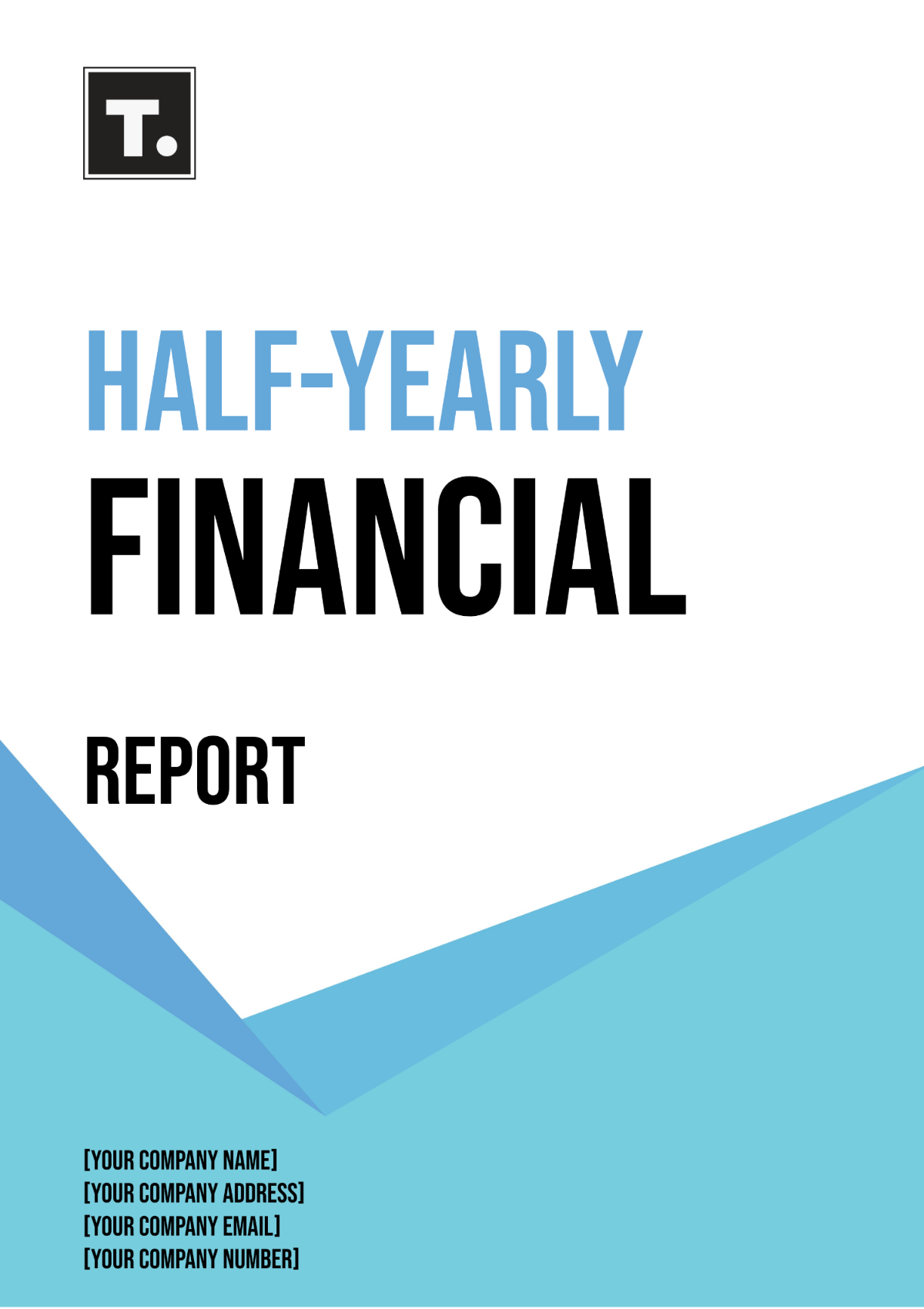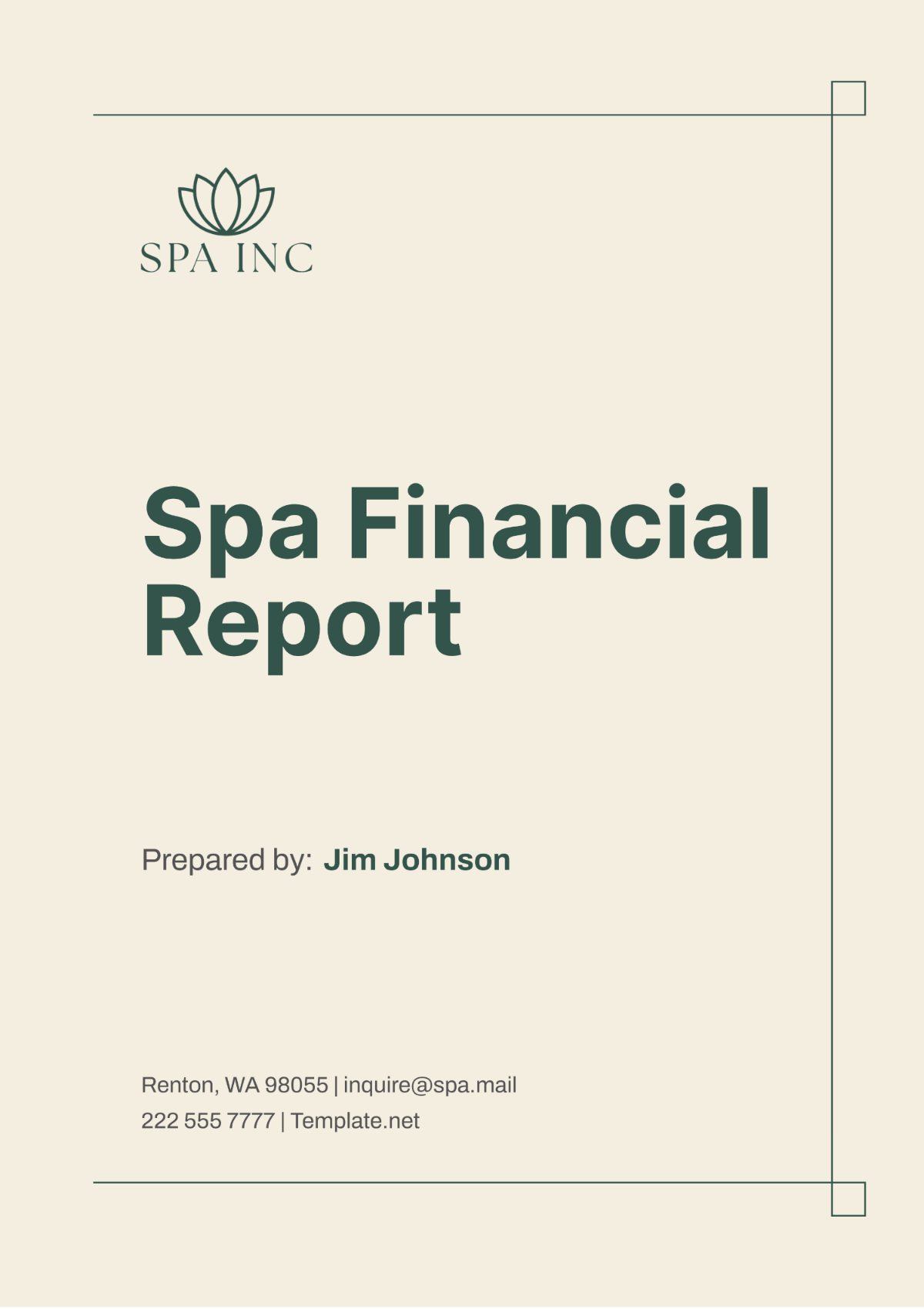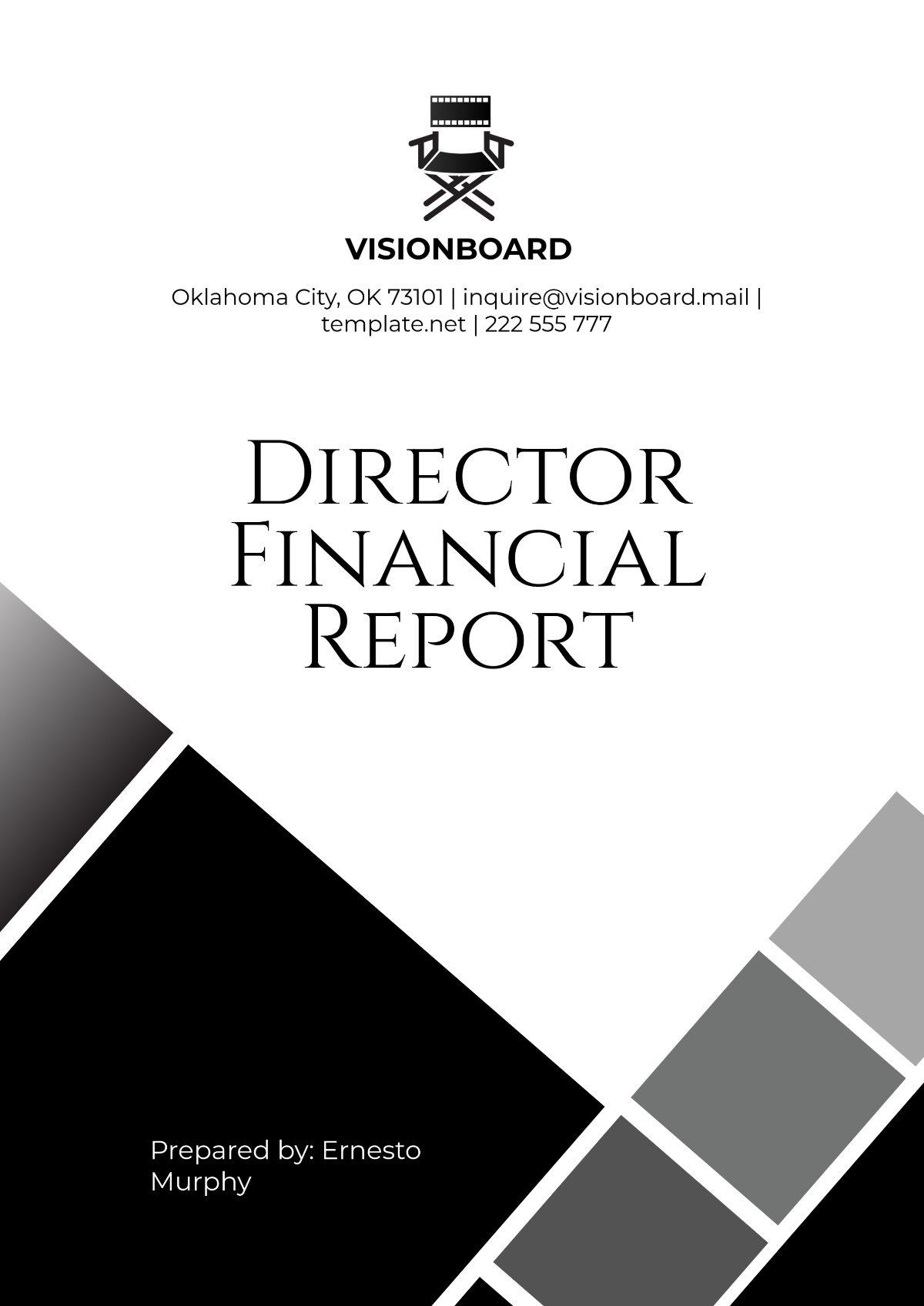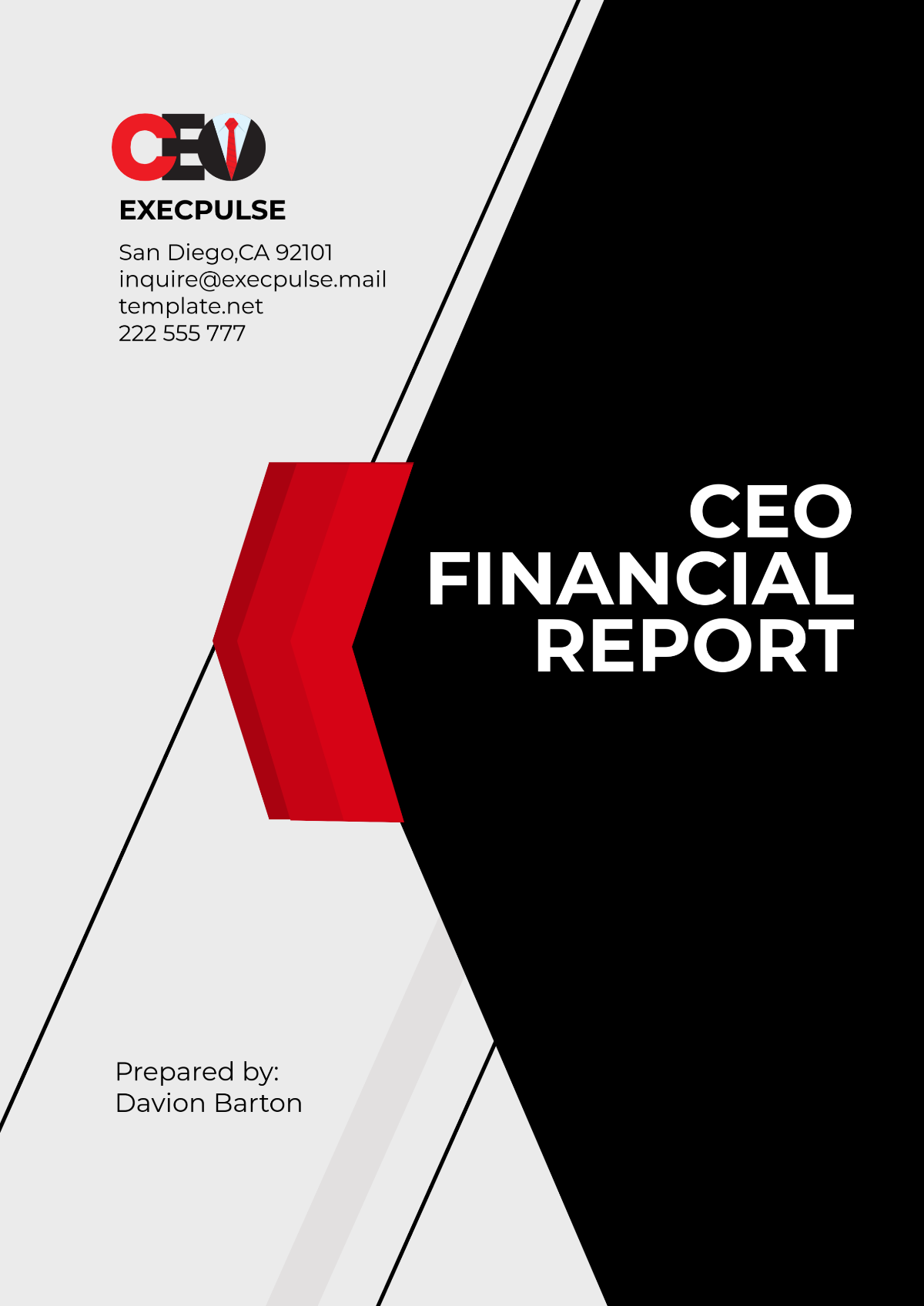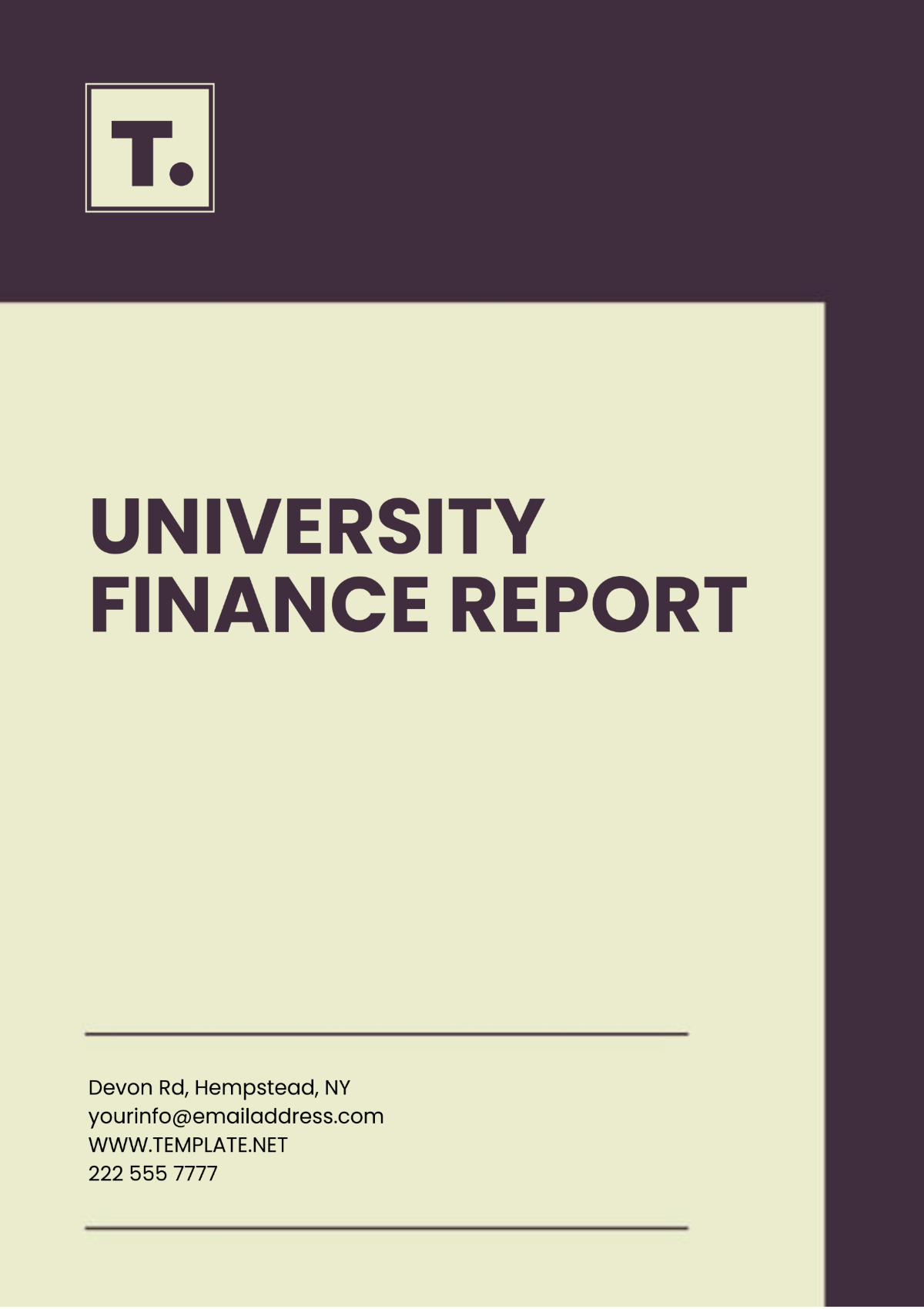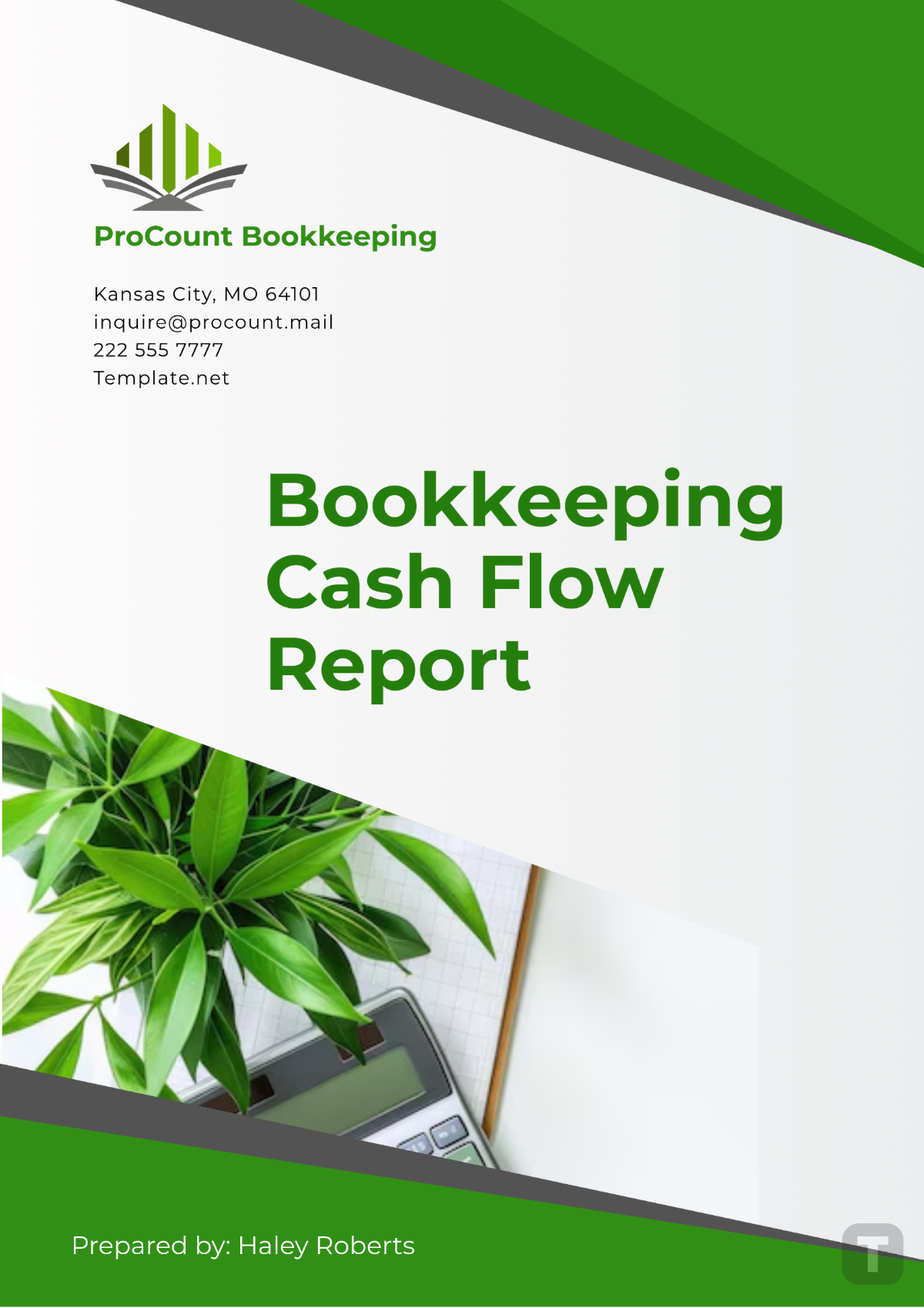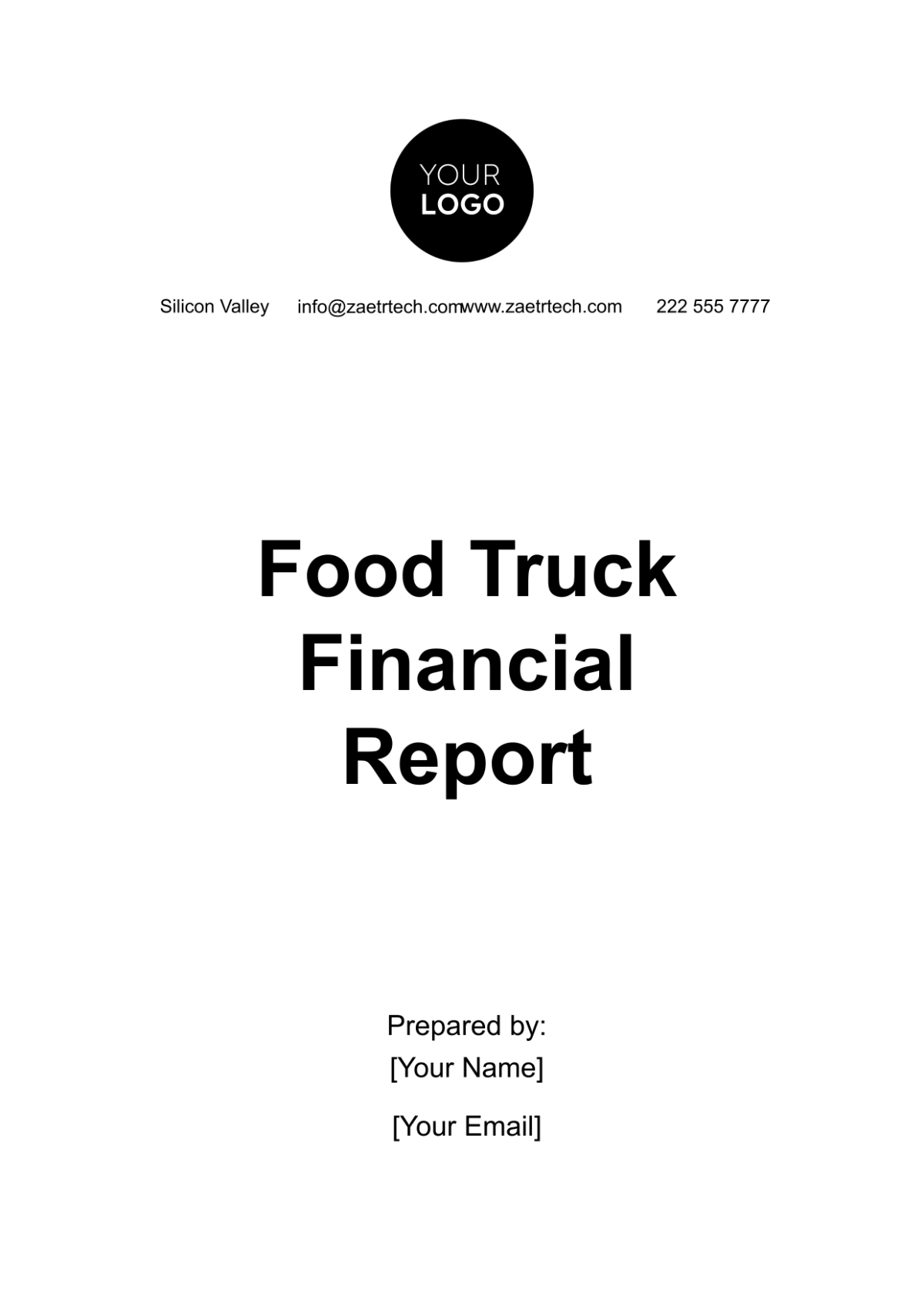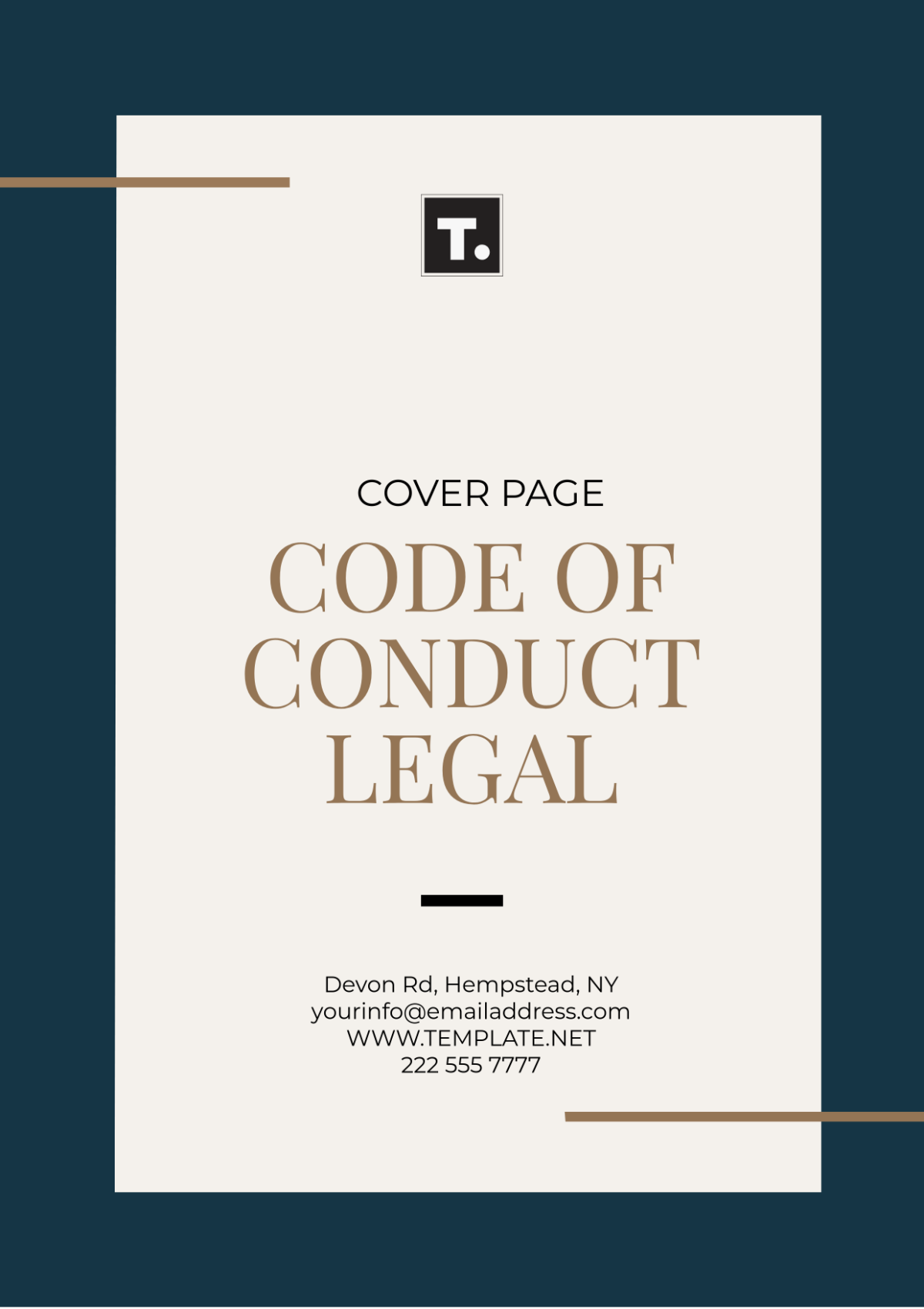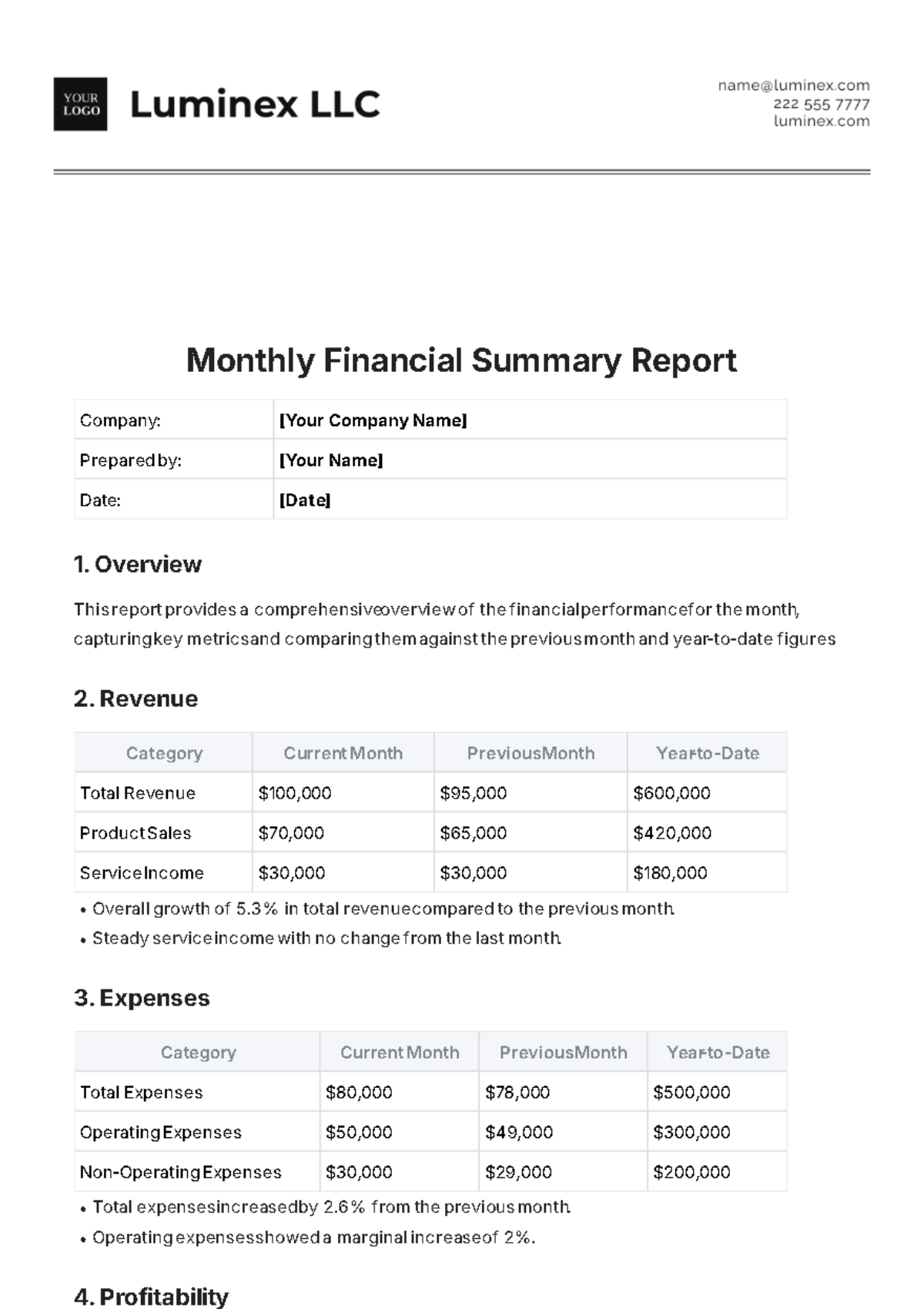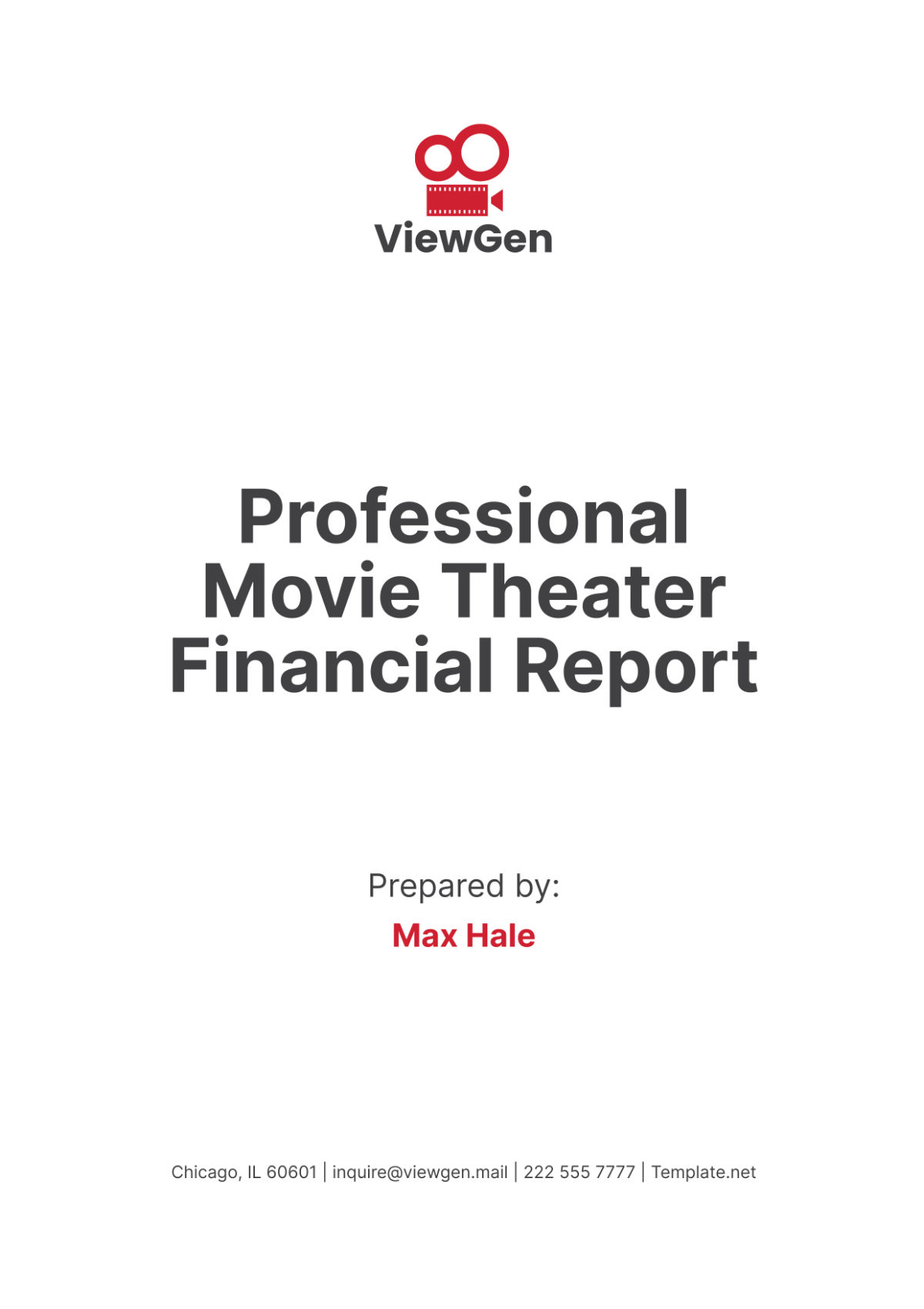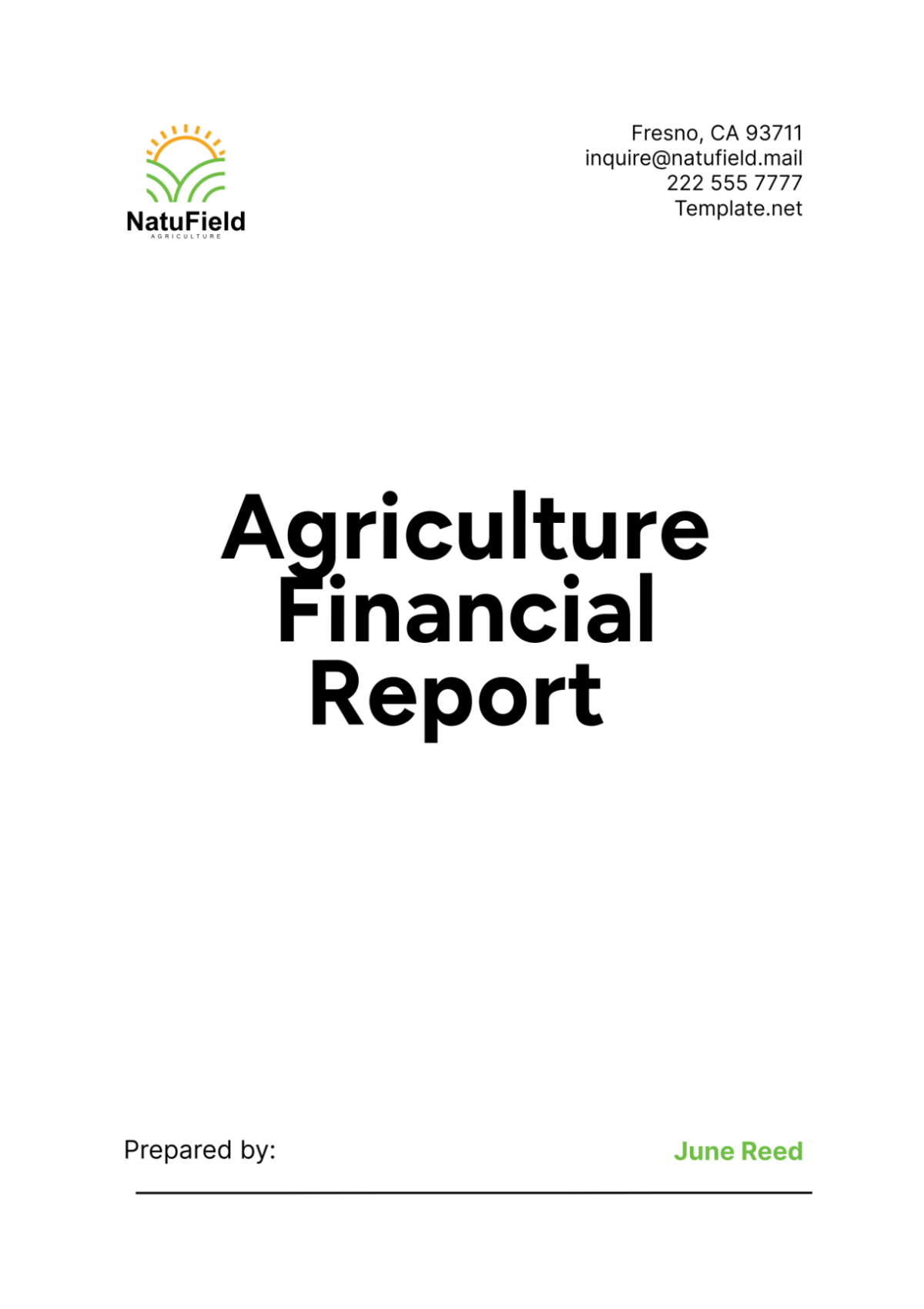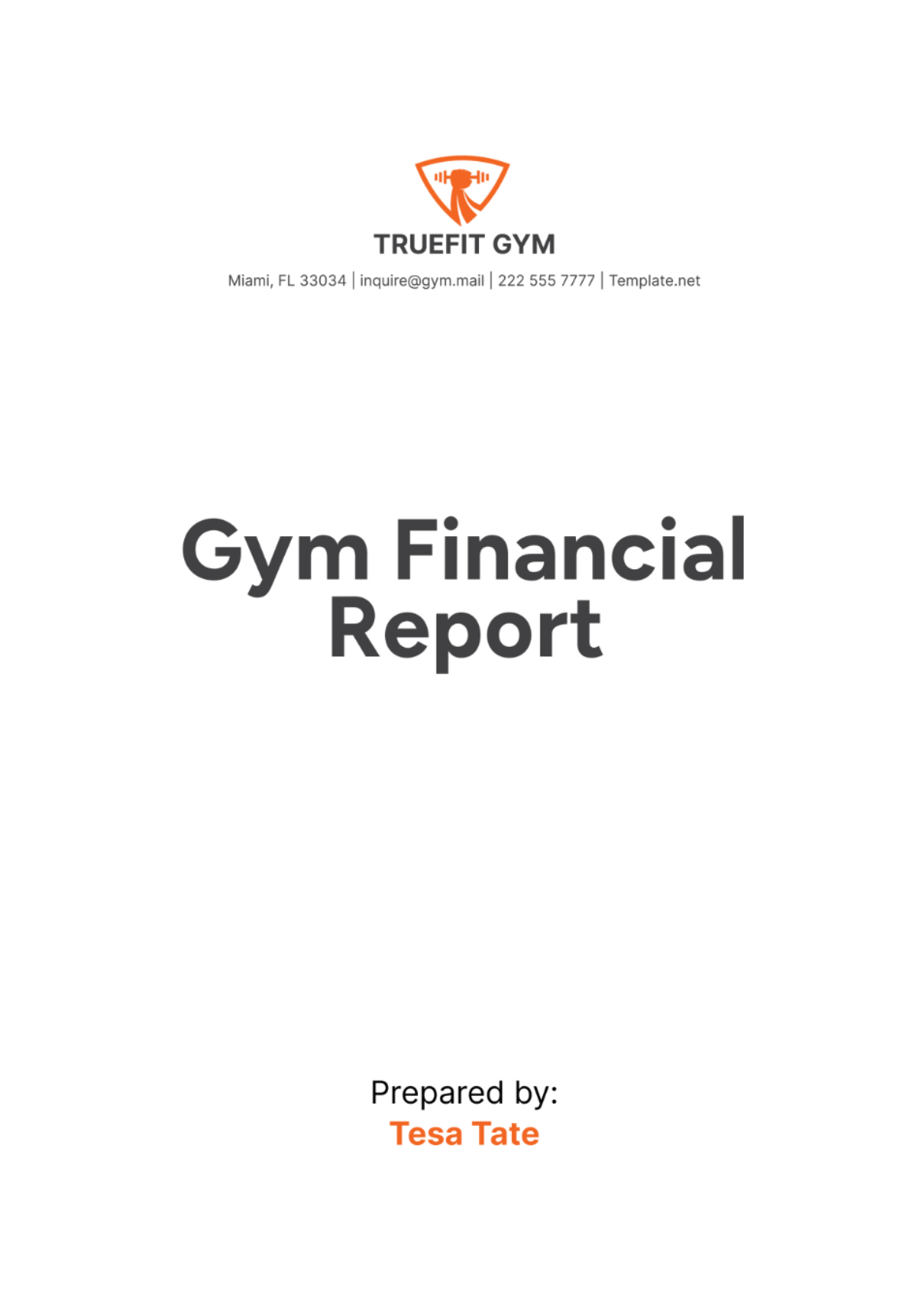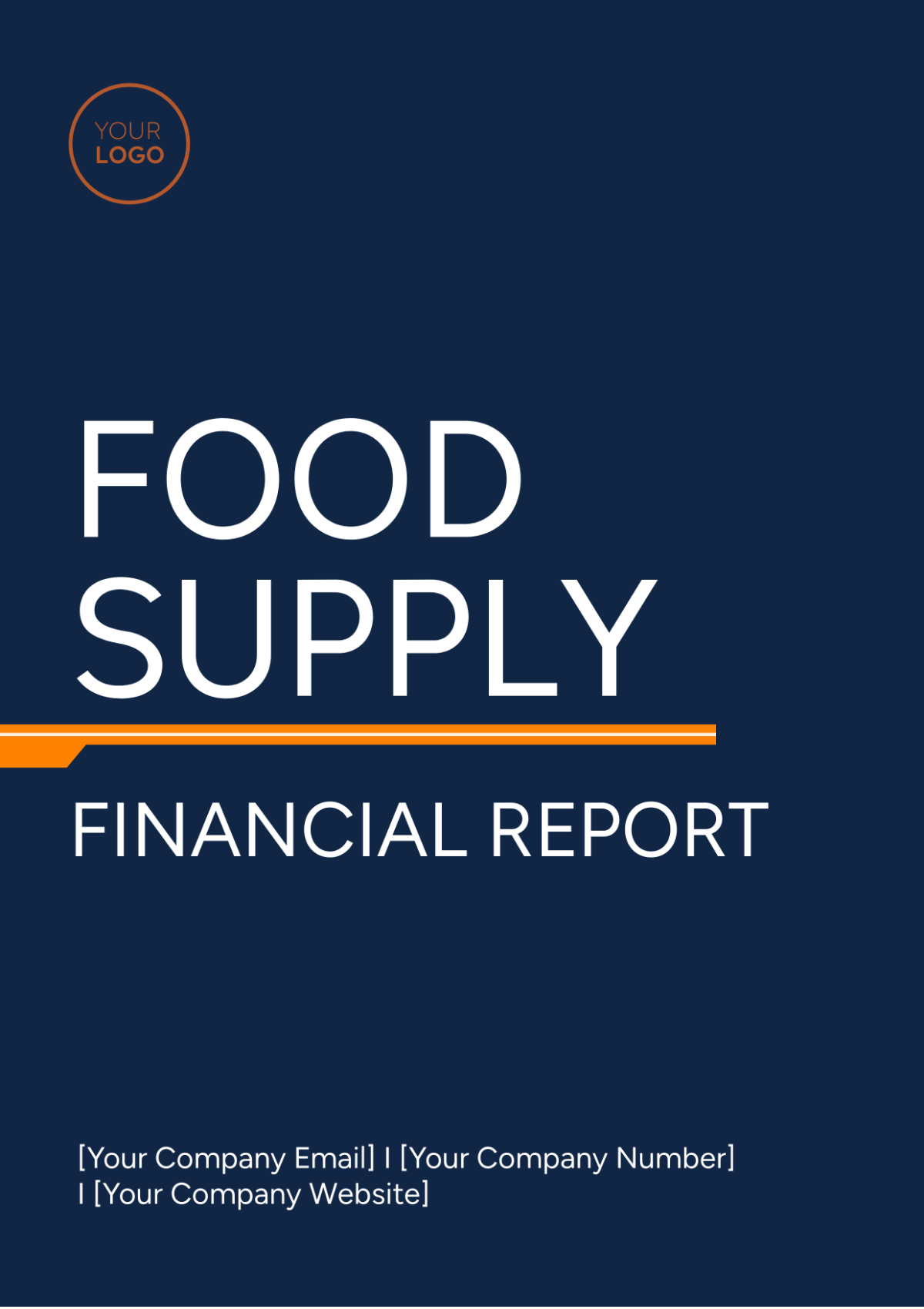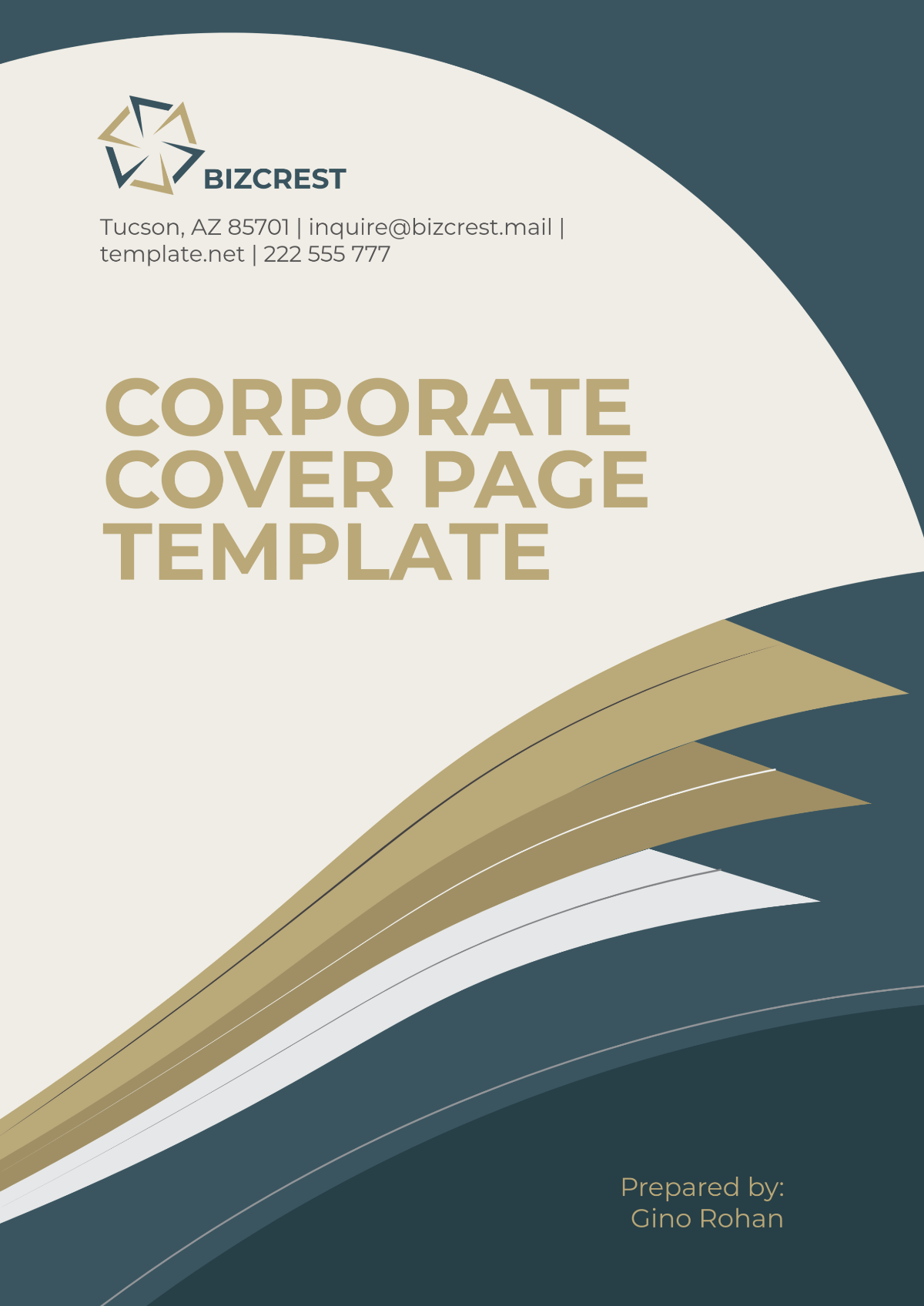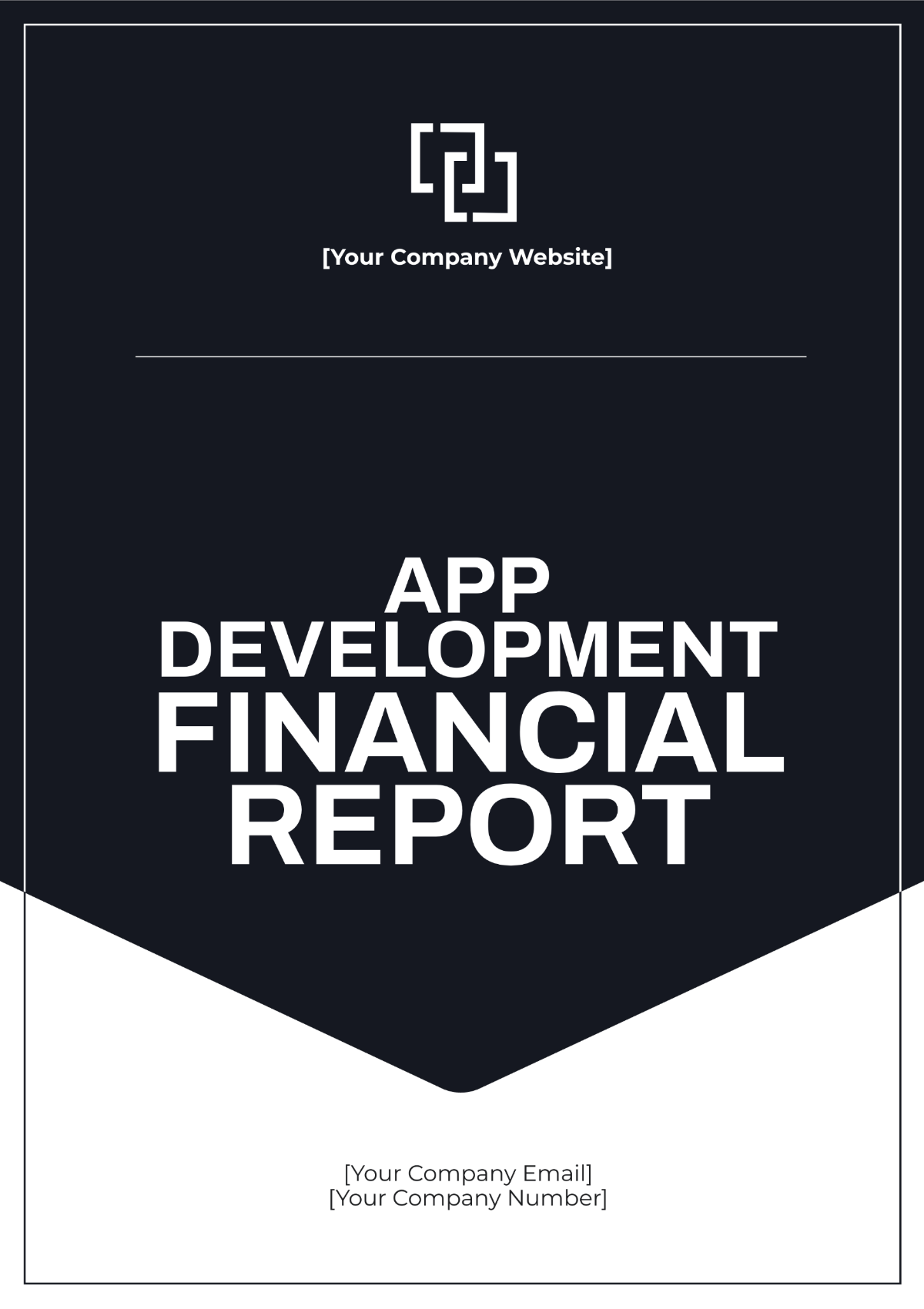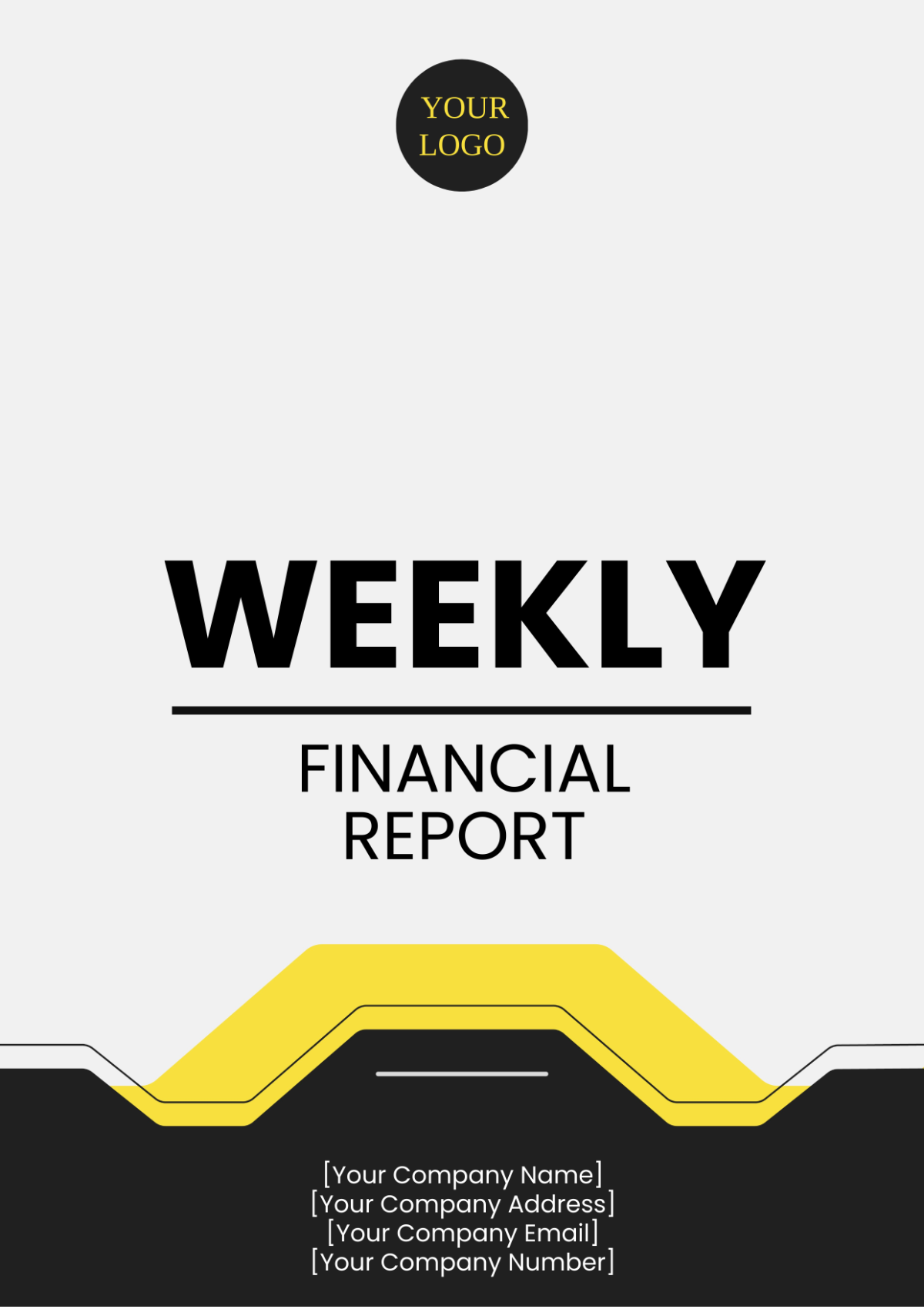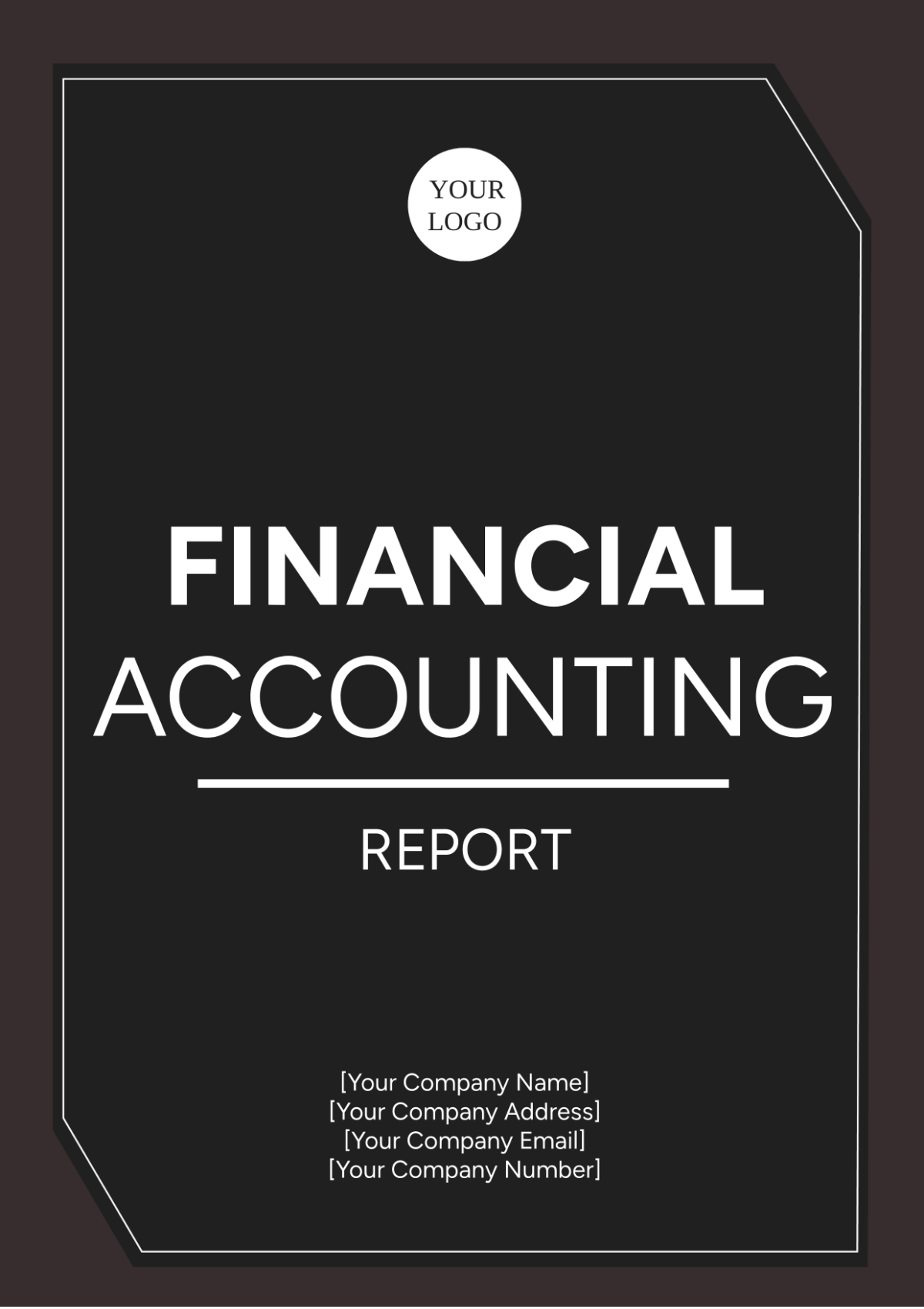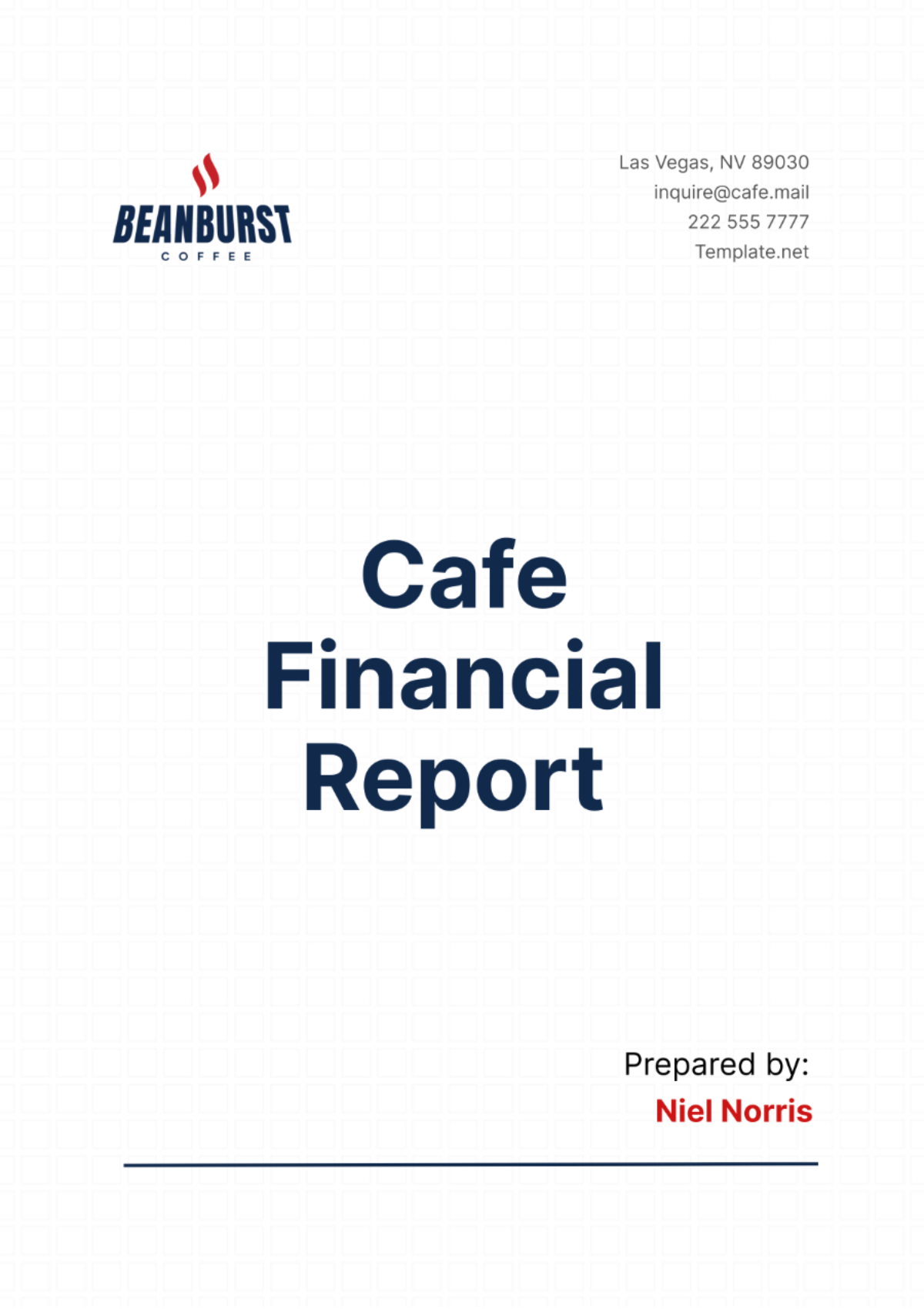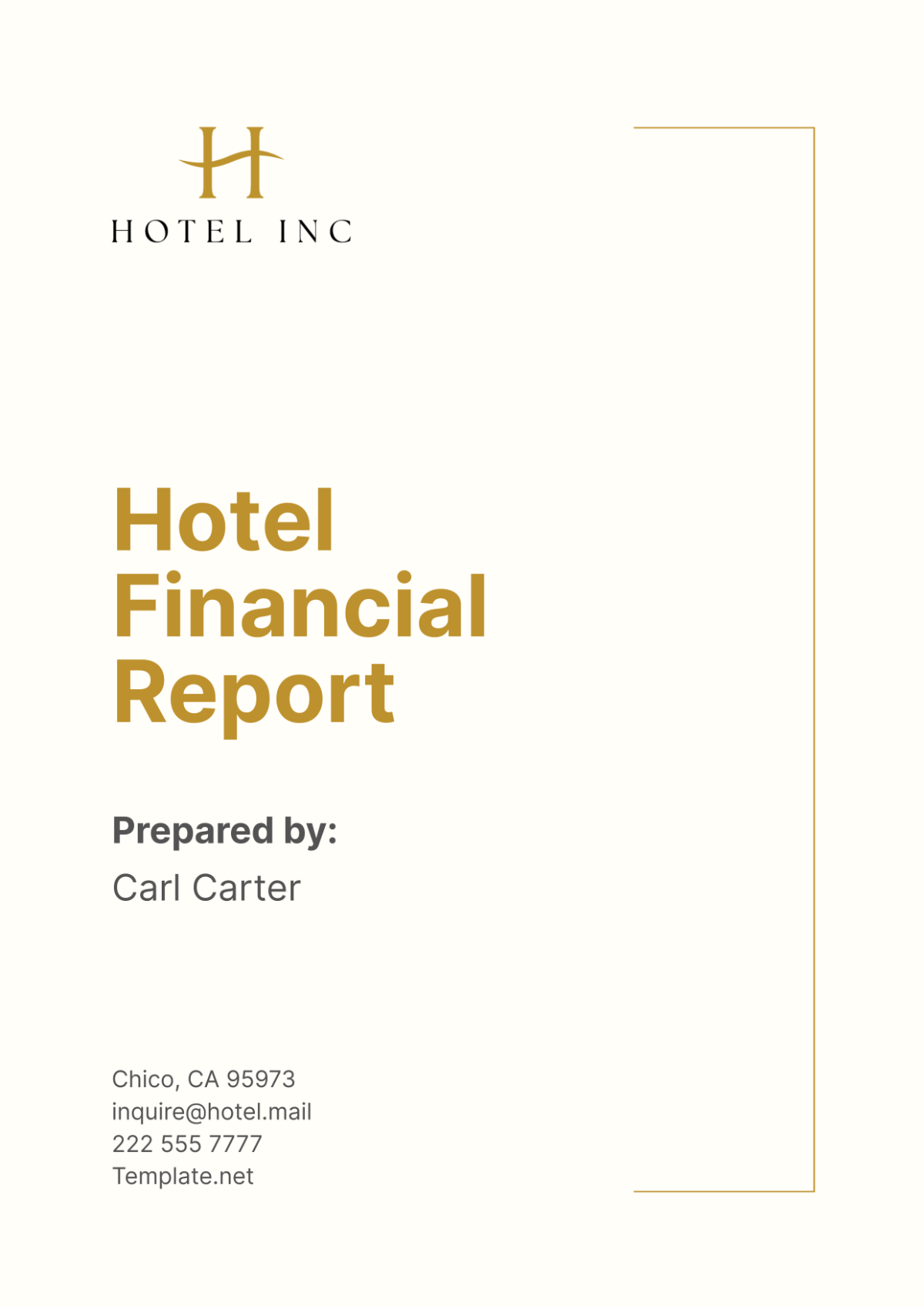Accounts Settlement Report
For [Your Company Name], maintaining accurate financial transactions is of utmost importance to reflect a true picture of finances and support informed decision-making. The objective of this report is to verify and ensure the accuracy of financial transactions recorded in the accounts, specifically revenues, expenses, assets, and liabilities.
Methodology
The report focused on a comprehensive review of financial transactions and data from the first quarter of 2050. Primary data sources were ledgers, journals, invoices, bank statements, and other financial statements. The assessment was carried out through analytical reviews, internal controls testing, and transactional checks.
Findings
1. Revenue Recognition
All earned revenue within the period has been recognized accurately in the financial records. For instance, sales revenue recorded was $5,340,000, showcasing a 5% increase from the previous period. The increase can be linked to newly implemented marketing strategies which significantly boosted sales volume.
2. Expense Verification
All incurred expenses were appropriately documented and correctly charged to respective accounts. Total expenses amounted to $2,750,000, and a detailed review unveiled that office supplies, travel, and accommodation expenses were the three most significant categories. However, provisions have been made for anticipated expenses based on the company's expenditure pattern.
3. Assets Assessment
All assets have been verified and correctly documented. The total value of assets was recorded as $15,670,000. This significant value is attributed to both tangible assets such as buildings, machinery, inventory, and intangible assets like copyrights and patents.
4. Liability Confirmation
All liabilities were accurately documented. The total calculated liabilities amounted to $8,700,000. Major liabilities were long-term debts, bills payable, and unearned sales revenue. However, the company remains in a good solvency position with a debt-to-equity ratio of 0.7.
Conclusion
In conclusion, [Your Company Name] has maintained the accuracy of financial transactions within the reporting period. Although there are areas where improvements can be made, current financial practices ensure that data, including revenues, expenses, assets, and liabilities, are correctly documented and communicated to respective stakeholders. The company is encouraged to maintain its commitment to financial record accuracy and transparency.
Recommendations
1. It is important that we take measures to ensure that our accounting staff is continuously engaged in training programs. This will help them keep pace with the constantly changing financial reporting standards and make sure they are up to date with the most recent changes and innovations in their field.
2. The act of investing in more advanced accounting software, is expected to significantly improve the accuracy of data and also to simplify the process of retrieving such data.
3. Implementing a routine of conducting internal as well as external audits is essential for ensuring transparency. Additionally, it also helps to ascertain that the organization complies with the respective financial regulations.



